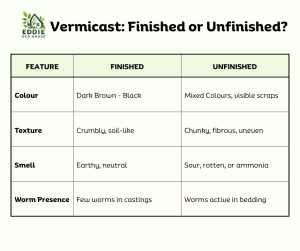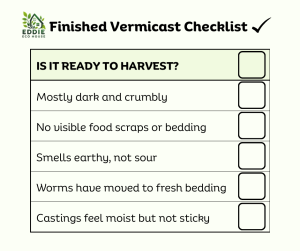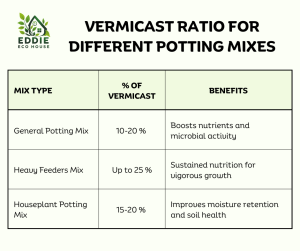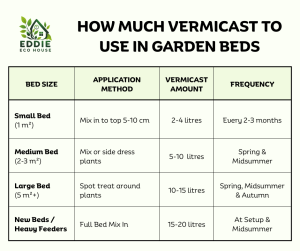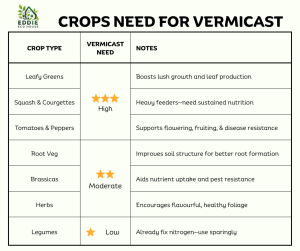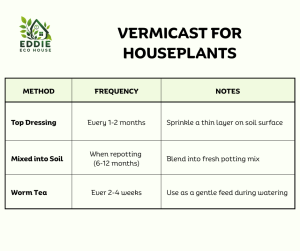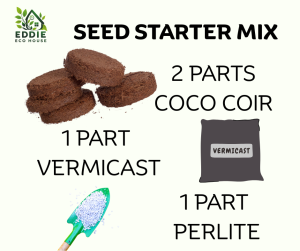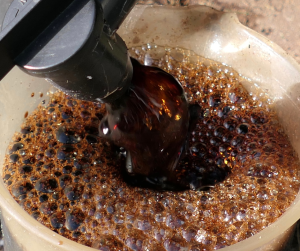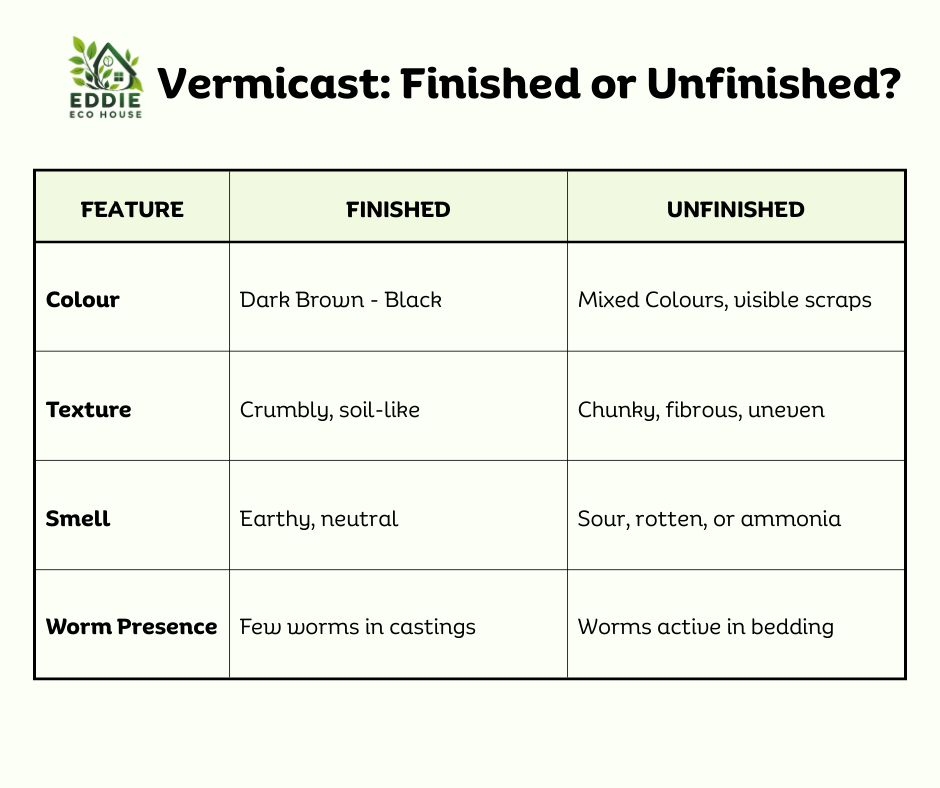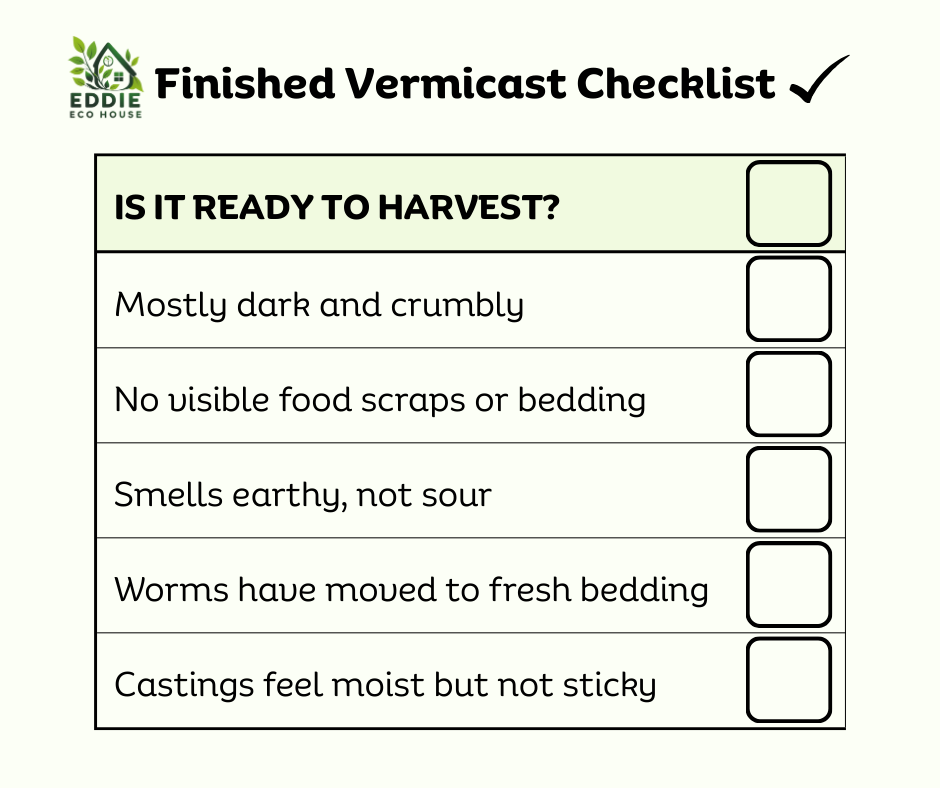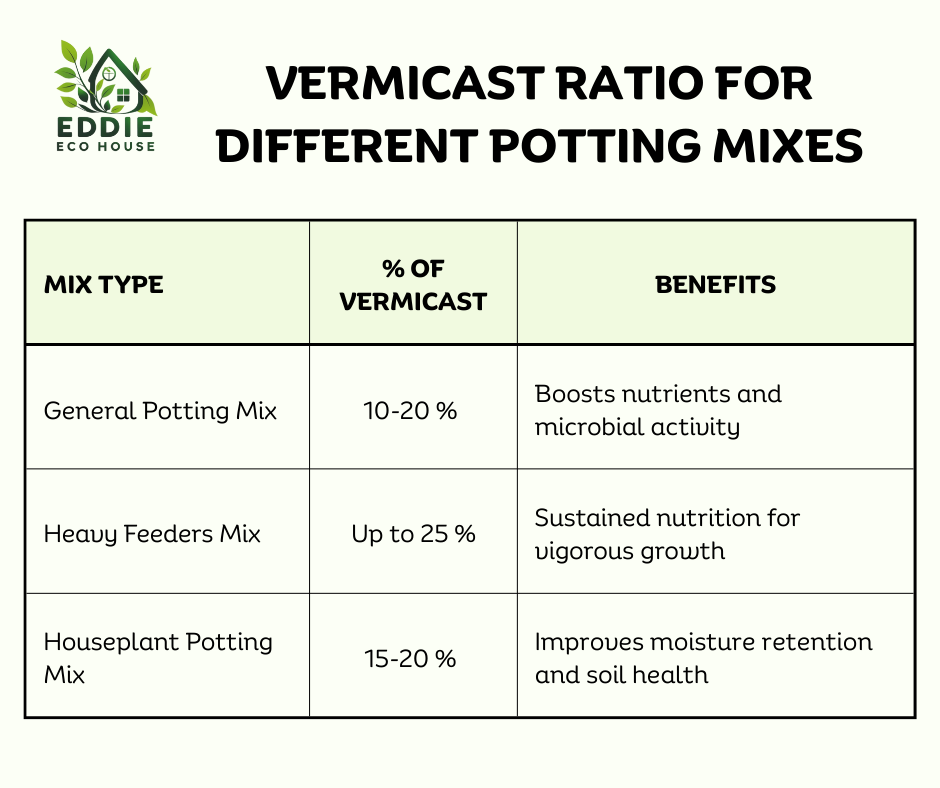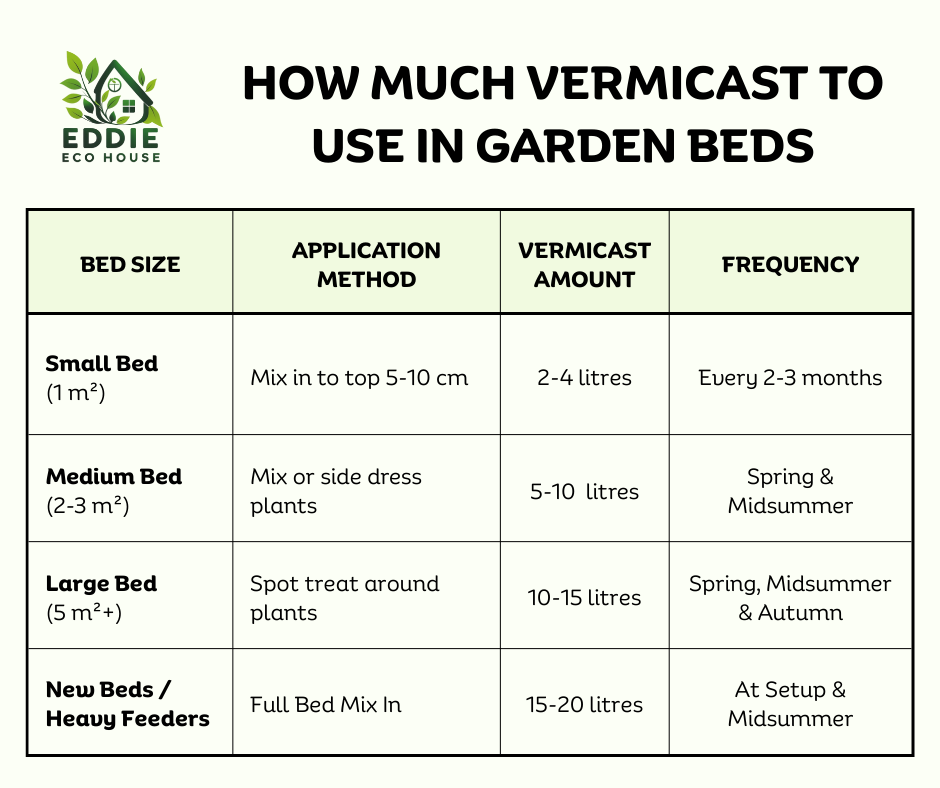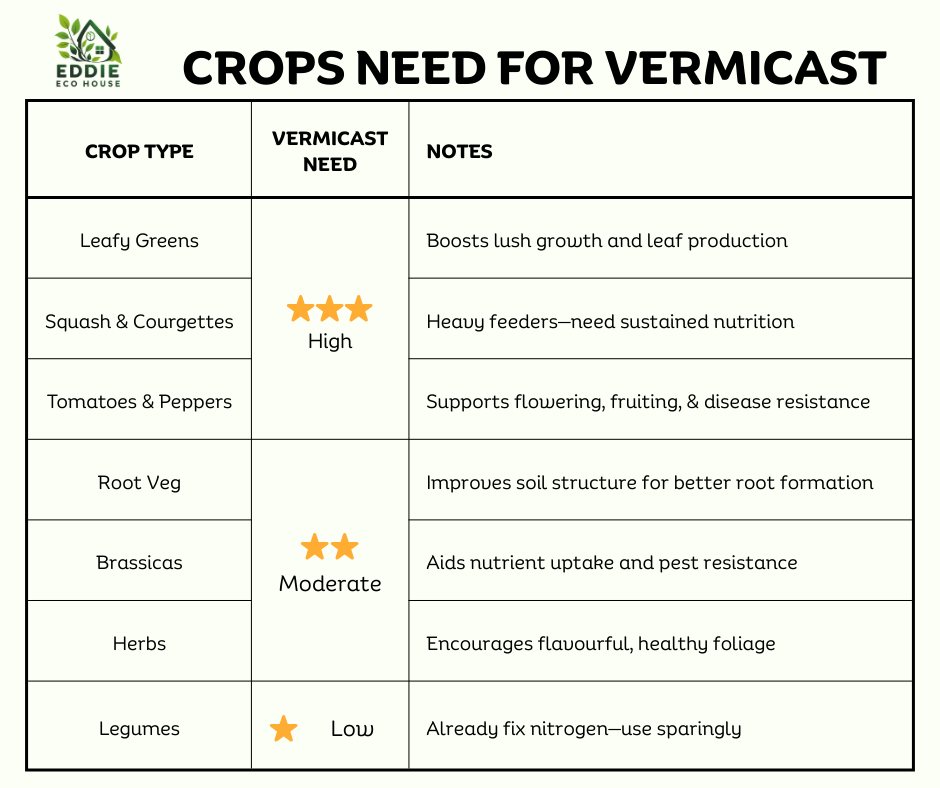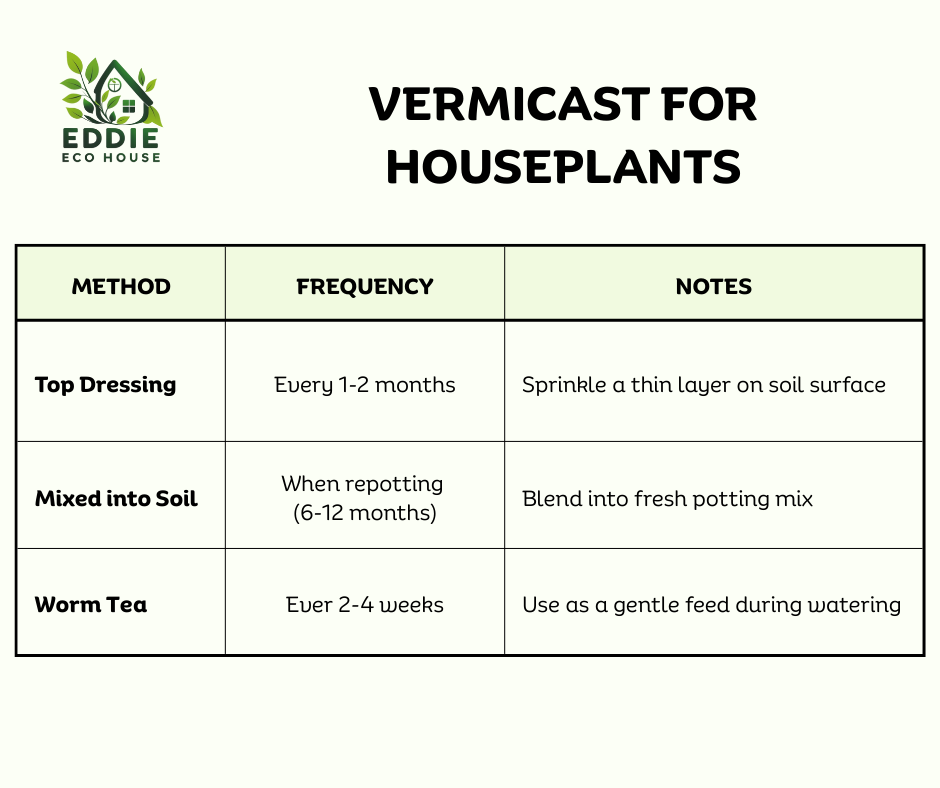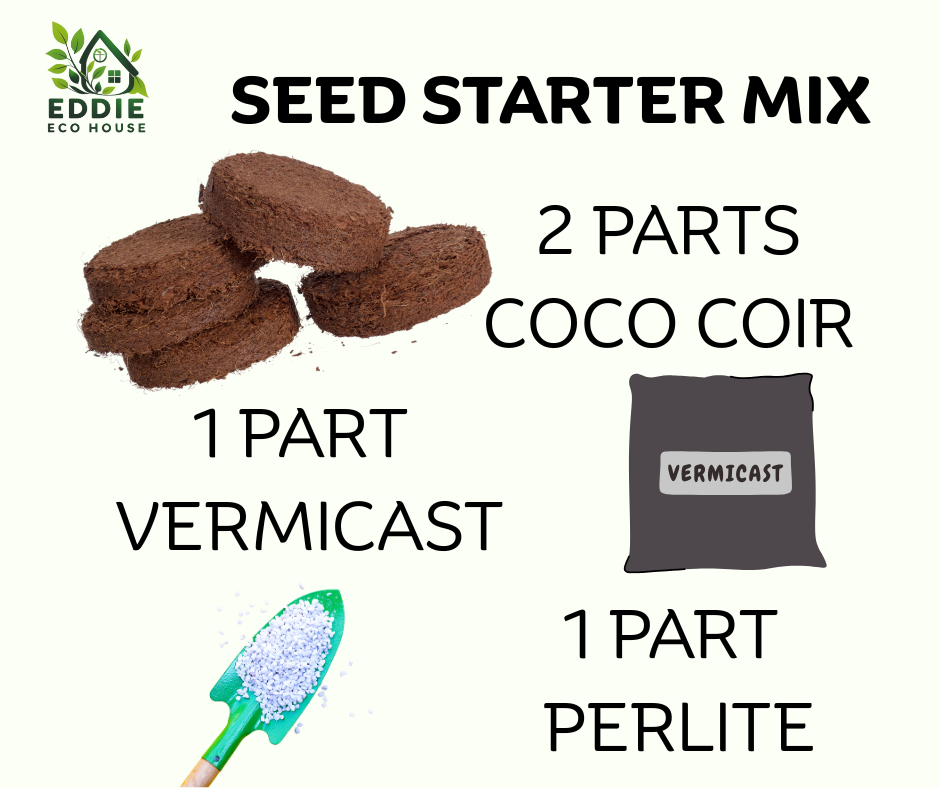Harvesting Your Vermicast
Section 7 of the Vermicomposting: Complete Guide

L.J.
Environmental Advocate
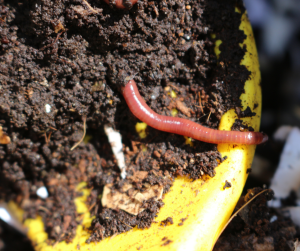
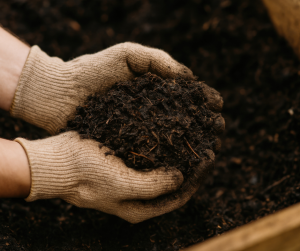
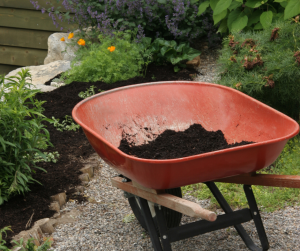
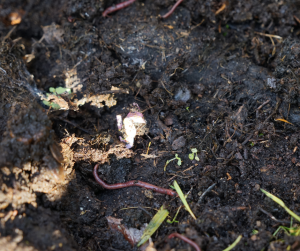
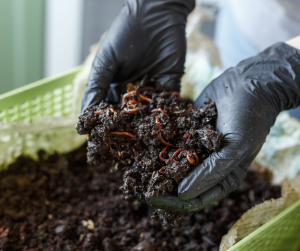
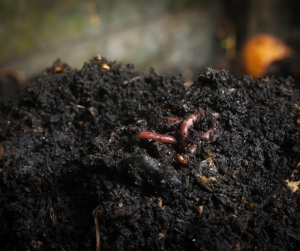
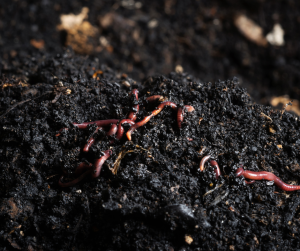
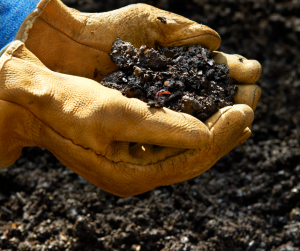
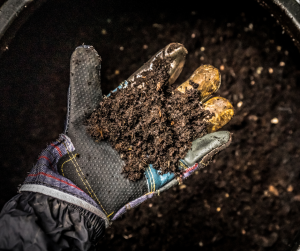
Contents
🌱 Vermicast: Nature’s Soil Booster
 What Is Vermicast?
What Is Vermicast?
Vermicast—also called worm castings or worm poo—is the end product of a composting worm’s digestion. It’s a dark, crumbly, odourless material packed with nutrients, beneficial microbes, and organic matter

🪱 Vermicast Composition
Nutrients
🌱 Nutrients
- Nitrogen (N) – for leafy growth
- Phosphorus (P) – supports root development and flowering
- Potassium (K) – boosts overall plant health and disease resistance
- Micronutrients – calcium, magnesium, iron, zinc, and more in trace amounts
Microbial Life
🧫 Microbial Life
- Beneficial bacteria and fungi – help break down organic matter and improve nutrient uptake
- Enzymes – aid soil processes and plant resilience
- Humic and fulvic acids – improve soil structure and nutrient availability
Organic Matter
🌿 Organic Matter
- Partially decomposed plant material – adds texture and slow-release nutrients
- Stable carbon compounds – improve moisture retention and aeration
🧪 What Vermicast Doesn’t Contain
- No synthetic chemicals
- No pathogens (if processed correctly)
- Very low ammonia or salt levels compared to traditional manure
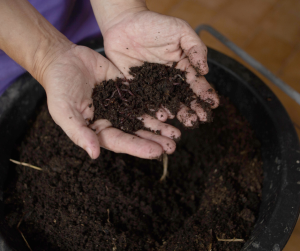
📆 When to Harvest
Once your wormery is thriving, you’ll start to notice signs that the vermicast is ready to harvest.
🌱 Signs of Finished Vermicast
Finished vermicast (worm castings) is the end product of healthy worm composting. It’s nutrient-rich, earthy, and ready to use when:
✅ Visual & Texture Clues
- Dark brown or black colour
- Fine, crumbly texture—like coffee grounds or soil
- Few visible scraps—most food and bedding fully broken down
- No shiny or slimy patches
- Castings may feel slightly moist but not wet

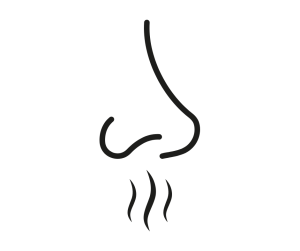
👃 Smell Check
- Earthy, fresh scent
- No sour, rotten, or ammonia smells
🪱 Worm Behaviour
- Worms may cluster in remaining bedding or migrate downward

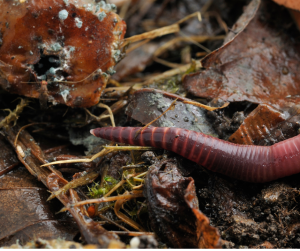
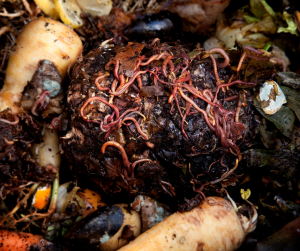
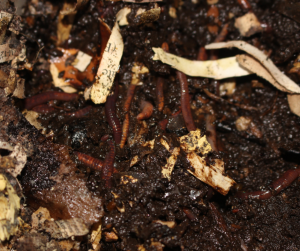
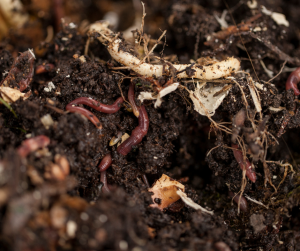
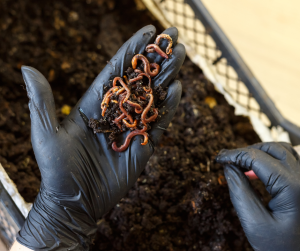
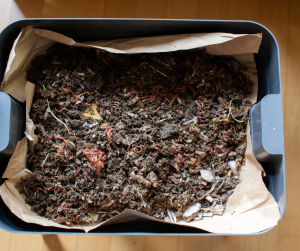
🧪 Unfinished Vermicast: What to Do
Unfinished vermicast may contain worms, cocoons, bedding, or scraps that haven’t fully broken down.
The easiest option is to tip the unfinished vermicast directly back into the active bin—no sorting needed. Just scatter it across the surface or mix it lightly into the bedding. Worms will rework it, and any cocoons or scraps will continue breaking down naturally. Simple, quick, and zero waste.
Alternatively, you can use partially finished vermicast as mulch around plants or store and re-screen it once it has dried and further decomposed.
🌾 Vermicast Harvesting Methods
Once your worm bin is full of rich, crumbly castings, it’s time to harvest. There’s no single “right” way—just different methods to suit your setup, time, and comfort level. Whether you prefer hands-on sorting, gentle worm migration, or tidy tray systems, each approach helps you separate finished vermicast from worms and unprocessed material.
🚜 Common Harvesting Methods
- Light Harvesting (using light to gently guide worms downward)
- Dump & Sort (Manual Sorting)
- Migration Method (Side/Upwards)
- Screening (Sieve Separation)
💡 Tip: Harvest in Phases
Avoid stripping the entire bin at once. Leaving some vermicast behind helps maintain a healthy microbial balance and keeps your worm community thriving for continuous composting success.
💡 Light Harvesting Method
This method uses light exposure to gently encourage worms to burrow downward, making it easier to collect vermicast from the surface. Light Harvesting is ideal for small harvests.
How It Works
Worms naturally avoid light. When exposed, they burrow downward to escape it—leaving the upper layers of castings worm-free and ready to collect.
💡 Pro tip: Avoid direct sunlight on hot days—it can overheat and harm your worms.


📋 Step-by-Step Guide
Step 1: Remove the Top Tray
Step 1: Remove the Top Tray
Lift out the tray with finished vermicast and place it on a flat surface
Step 2: Expose to Bright Light
Step 2: Expose to Bright Light
Use natural sunlight or a lamp—worms will burrow downward to escape the light.
Step 3: Scrap Off Top Layer
Step 3: Scrape Off the Top Layer
Once the surface is worm-free, collect the castings in stages.
Step 4: Return Worms to Active Trays
Step 4: Return Worms to Active Tray
Any remaining worms or cocoons can be gently returned to the lower active tray.
💡It works best when the top tray is dryish and nearly finished, and avoids disturbing the lower layers.
🖐️Dump & Sort: Hands-On Vermicast Harvesting
Dump and sort involves emptying the entire bin, exposing the compost to light, and manually separating worms from finished castings in layers. It’s ideal for small bins, classroom demos, or anyone who enjoys a hands-on, observational approach.
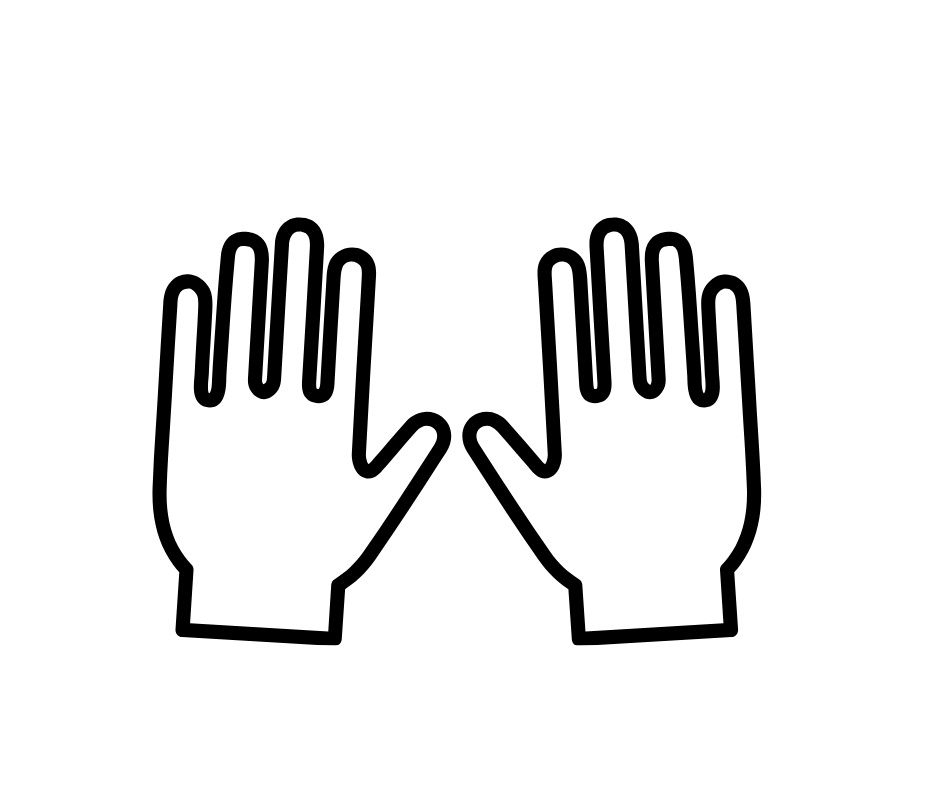
📋 Step-by-Step Guide
Step 1: Prepare Your Harvesting Area
Step 1: Prepare Your Harvesting Area
- Lay out a tarp, tray, or large container lid in a well-lit space
- Have a scoop, brush, and tub ready for collecting castings
Step 2: Dump the Bin Contents
Step 2: Dump the Bin Contents
- Gently tip out the worm bin onto your surface
- Break up compacted material into small mounds or cones
Step 3: Expose to Light
Step 3: Expose to Light
- Use natural sunlight or a lamp to illuminate the mounds
- Wait 5–10 minutes—worms will burrow deeper to avoid light
Step 4: Scrape Off Castings
Step 4: Scrape Off Castings
- Carefully remove the top layer of vermicast with a scoop or brush
- Repeat every few minutes as worms continue to move downward
Step 5: Separate Worms & Unfinished Bits
Step 5: Separate Worms & Unfinished Bits
- Once mostly worms remain, transfer them to fresh bedding
- Return any unprocessed scraps to the bin or pre-treat for next cycle
🪱 Migration Method
Migration methods work by creating a more attractive environment in a new area—whether it’s to the side, above, or below—you gently guide worms to relocate without force or disruption. This natural behaviour makes harvesting easier and keeps the bin ecosystem balanced.
Ideally, worm migration happens to the side or upward because these directions align with their natural instincts to seek fresh food and moisture.
➡️ Side Feeding: Worms move sideways toward fresh bedding and scraps added on one side, allowing you to harvest from the other.
⬆️ Upward Migration: Worms migrate upward into a fresh tray placed above the finished compost, leaving nutrient-rich castings below.
⬇️ While downward migration is possible by adding fresh material below, it’s less natural since worms usually avoid moving downward, making this method slower and less common.
How It Works
Worms instinctively move toward fresh food, moisture, and darkness, and away from light, dryness, and depleted zones
➡️ Migration: Side Feeding
Side feeding is a gentle, low-stress method that encourages worms to migrate naturally. By adding fresh bedding and food to one side of the bin, you create a clean zone for feeding while allowing the other side to mature into harvest-ready vermicast. It’s ideal for continuous composting, easy harvesting, and maintaining a balanced bin.
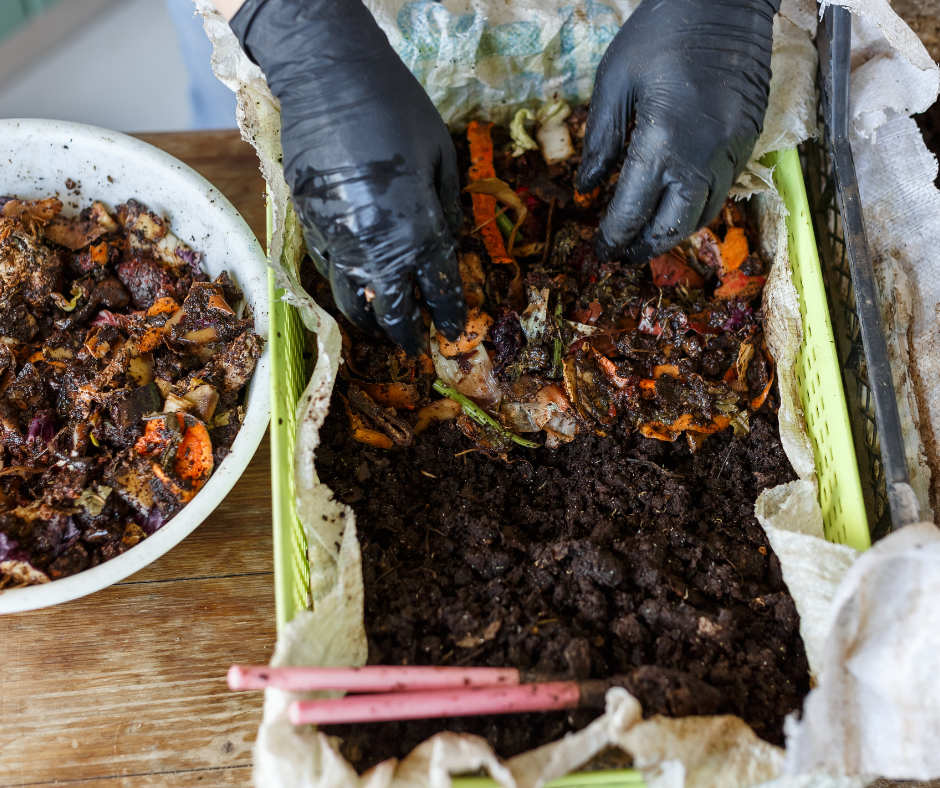
📋 Step-by-Step Guide
Step 1: Push Compost to One Side
Step 1: Push Compost to One Side.
- Push the compost to one side of the bin
- Gently move finished vermicompost to create space.
- Avoid disturbing the worms too much.
Step 2: Feed Empty Side
Step 2: Feed Empty Side
- Add fresh bedding and food to the empty side
- Provide a fresh, inviting zone with moist bedding and new food scraps.
Step 3: Wait 1-2 Weeks for Worm Migration
Step 3: Wait 1–2 weeks for worms to migrate
- Worms naturally move towards fresh food, leaving behind the castings.
Step 4: Collect Vermicast
Step 4: Collect Vermicast
- Collect the vermicompost from the vacated side
- Scoop out the nutrient-rich vermicast, free of most worms and scraps.
Step 5: Check for Leftover Worms and Cocoons
Step 5: Check for leftover worms and cocoons
- Return any stragglers to the active bin area to keep your worm population healthy.
🔁 Rotate sides regularly to maintain a steady supply of vermicast without stressing your worms.
⬆️ Migration: Upwards Feeding
Upward migration uses worms’ natural tendency to move toward fresh food and moisture. By adding a new tray with fresh bedding and scraps above the finished compost, worms gradually migrate upward, leaving nutrient-rich vermicast behind in the lower tray. It’s a clean, low-disruption method ideal for multi-tray wormeries and staged harvesting.

📋 Step-by-Step Guide
Step 1: Wait Until Lower Tray is Nearly Finished
Step 1: Push Compost to One Side.
- Push the compost to one side of the bin
- Gently move finished vermicompost to create space.
- Avoid disturbing the worms too much.
Step 2: Add New Tray on Top
Step 2: Feed Empty Side
- Add fresh bedding and food to the empty side
- Provide a fresh, inviting zone with moist bedding and new food scraps.
Step 3: Ensure Good Contact Between Trays
Step 3: Ensure Good Contact Between Trays
- Worms need access—align holes or mesh so they can easily move upward.
Step 4: Leave for 1–2 Weeks
Step 4: Leave for 1–2 Weeks
- Worms will naturally migrate toward the fresh food and moisture in the upper tray.
Step 5: Check Migration Progress
Step 5: Check Migration Progress
- Peek into the lower tray—fewer worms and cocoons means it’s nearly ready to harvest.
Step 6: Remove and Harvest the Lower Tray
Step 6: Remove and Harvest the Lower Tray
- Scoop out the vermicast, return any stragglers to the active tray, and store or use the compost.
Step 7: Repeat the Cycle
Step 7: Repeat the Cycle
- Rotate trays as needed to keep your wormery productive and low-maintenance.
⬇️ The method for downward migration is the same as upward migration, but with the trays arranged the other way around—fresh bedding and food go at the bottom, encouraging worms to move downward instead of upward.
🧺Screen Harvesting
Screen harvesting uses a fine mesh or sieve to separate finished vermicast from worms, cocoons, and bulky bedding.
🗂️ Multi-Tray Systems
- Screening is useful for bottom trays
Once worms migrate upward, you can screen the lower tray’s contents. - Pairs well with staged harvesting
Rotate trays and screen castings every few weeks.
🧺 Single Tray Systems
- Ideal for batch harvesting in standalone worm bins.
- When castings are ready, screen the entire tray carefully to separate worms from finished compost.
- Use light or food to encourage worms to migrate, then sift castings through a mesh sieve.
- This method keeps your worm crew mostly undisturbed while allowing for periodic full harvesting.
How It Works
Screening separates fine vermicast from worms, cocoons, and chunky scraps using a mesh or sieve.
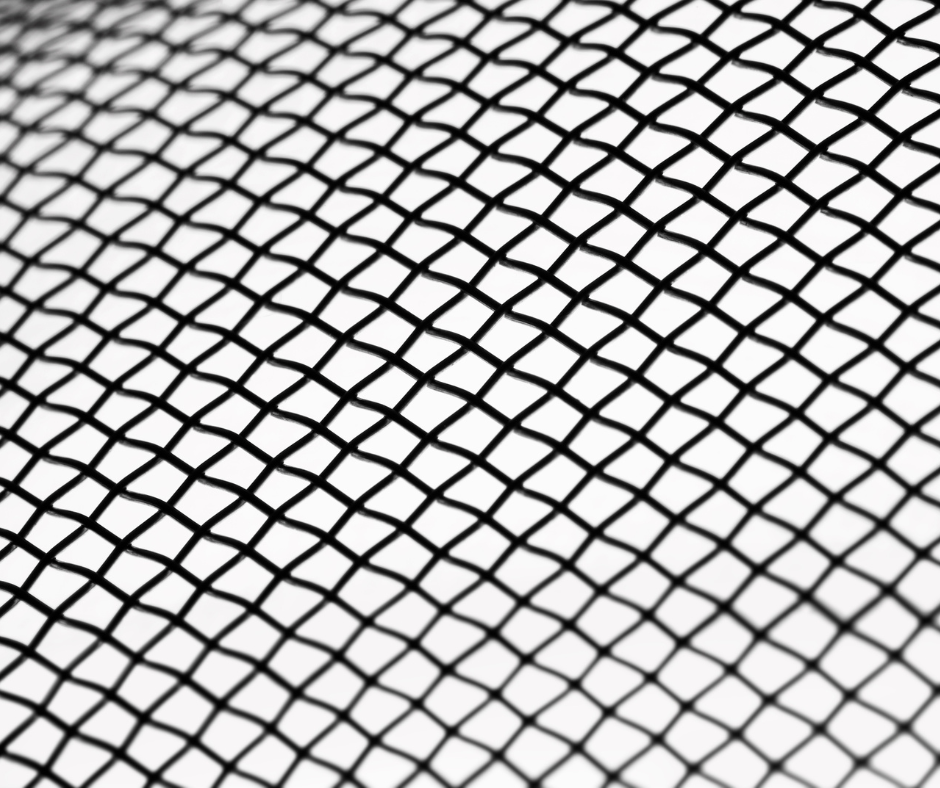
📋 Step-by-Step Guide
Step 1: Prepare a Screen or Sieve
Step 1: Prepare a Screen or Sieve
Use a mesh with 2–5 mm holes—fine enough to separate castings from worms and larger bits.
🪴 Handy tip:
A fine-mesh garden sieve like this one is perfect for screening finished compost with ease.
Step 2: Scoop Out Bin Contents
Step 2: Scoop Out Bin Contents
Take a portion of the worm bin and place it onto the screen.
Step 3: Gently Shake or Rub
Step 3: Gently Shake or Rub
Let fine vermicast fall through while worms, cocoons, and unprocessed scraps stay on top.
Step 4: Sort & Return
Step 4: Sort & Return
Move worms and chunky bits back into the bin or a fresh bedding zone.
Step 5: Air-Dry the Vermicast
Step 5: Air-Dry the Vermicast (Optional)
If damp, spread thinly and let it dry slightly before storing or using.
💡 Tip: Screening works best when the bin is slightly dry—too much moisture clogs the mesh.
♻️ Resetting Your Worm Bin: By Bin Type
Single Tray Systems
When using a single tray wormery, you’ll usually refresh either one side of the tray at a time—gradually shifting worms to the fresh bedding side—or fully reset the whole tray if it’s empty. This staggered approach helps keep worms active while clearing out finished castings and old scraps.
Multi-Tray Systems
For multi-tray setups, the process is a bit more straightforward. Once the bottom tray is harvested and emptied, clean it thoroughly, refresh the bedding, and reset the tray completely before stacking it back. Meanwhile, worms continue processing scraps in the upper tray(s) without interruption.
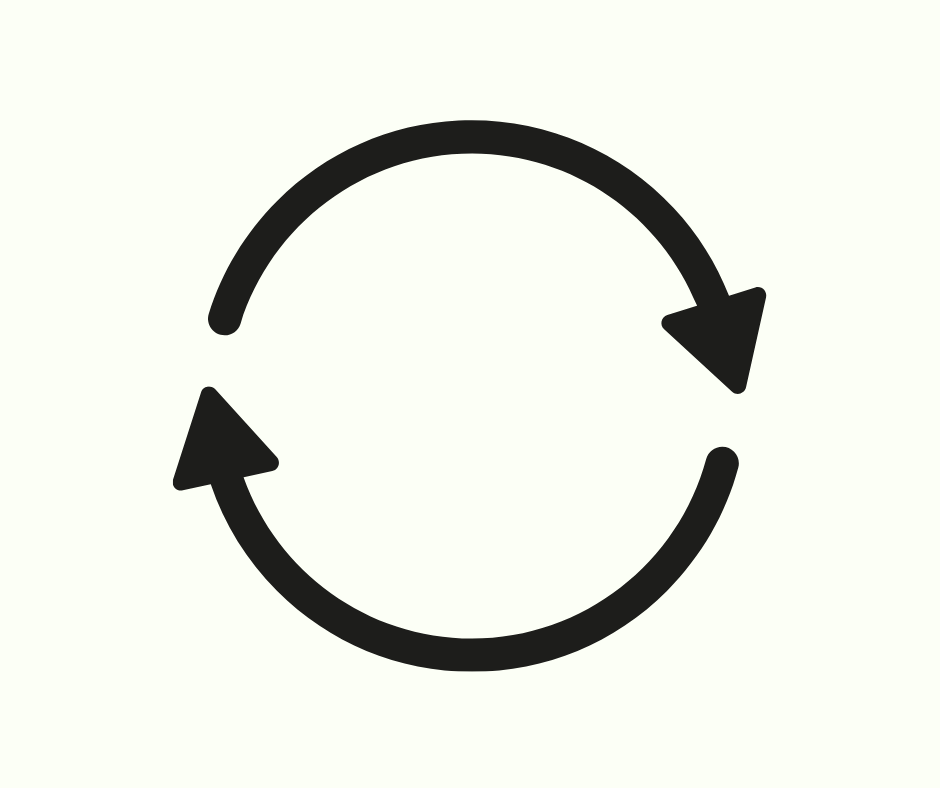
🌿Where to Use Vermicast?
Worm castings are versatile and gentle, making them ideal for a wide range of garden and indoor uses. Whether you’re potting up houseplants, sowing seeds, or enriching garden beds, vermicast adds slow-release nutrients and boosts soil health naturally.
Add to Potting Mix
A balanced potting mix combines structure, drainage, and nutrition—worm castings add gentle nutrients and microbial life to support healthy plant growth.
⚠️ Avoid using 100% vermicast—it’s too dense for good drainage. Always blend with materials like coco coir, compost, or perlite for structure and airflow.
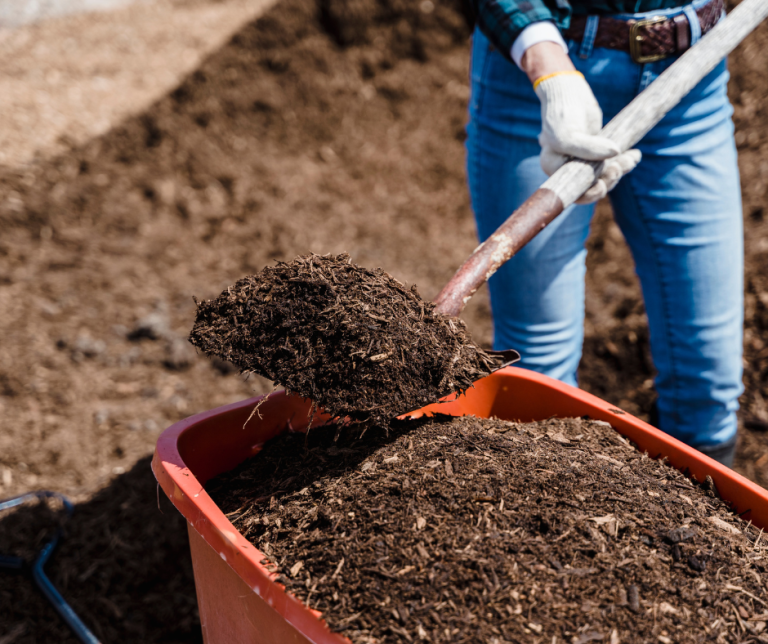
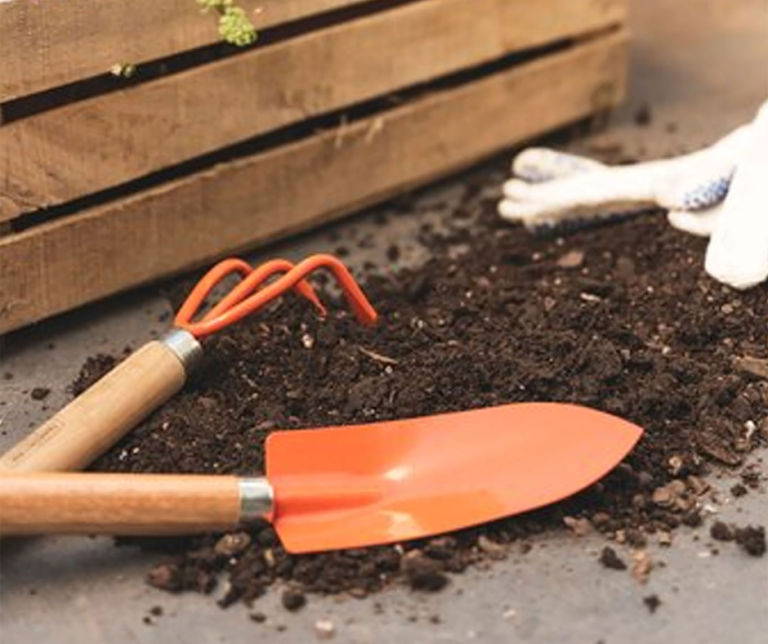
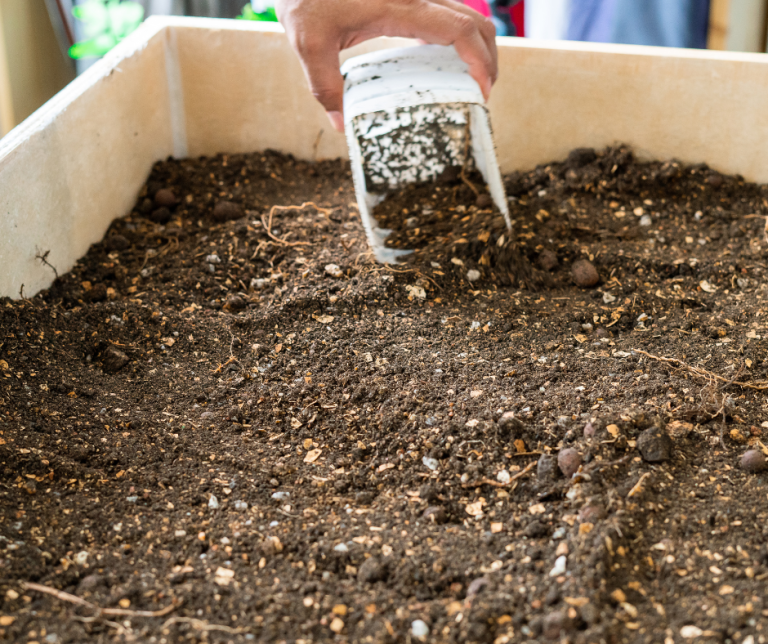
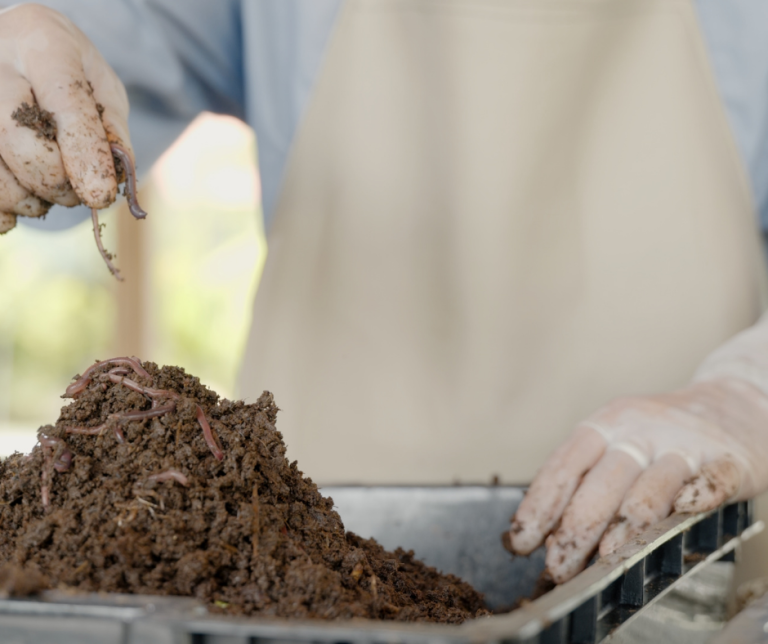

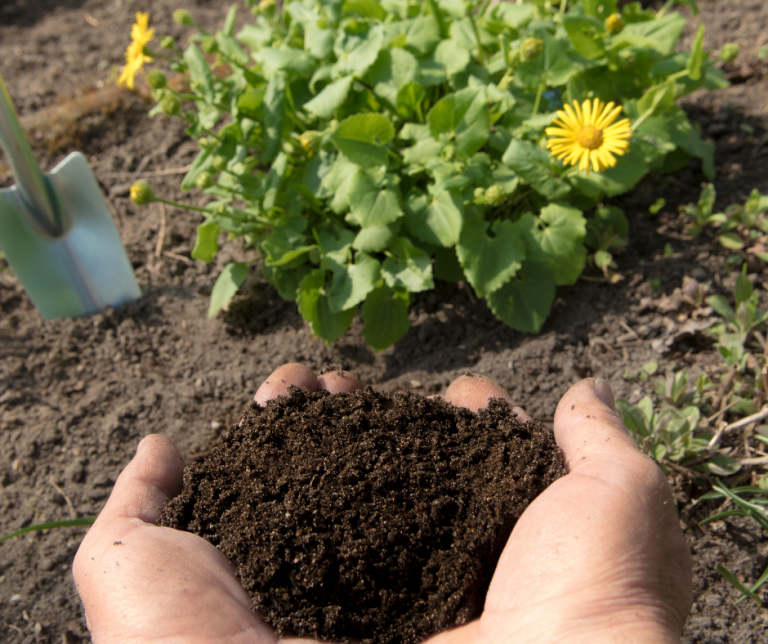
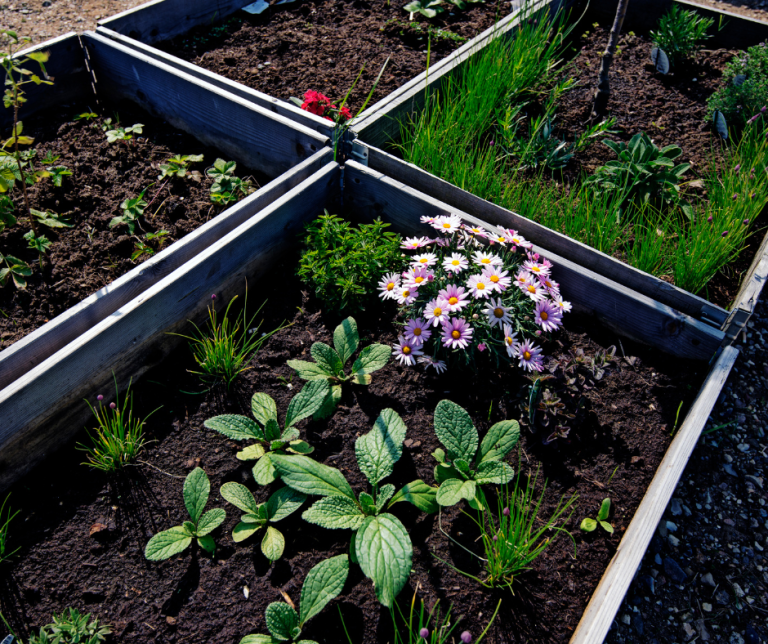
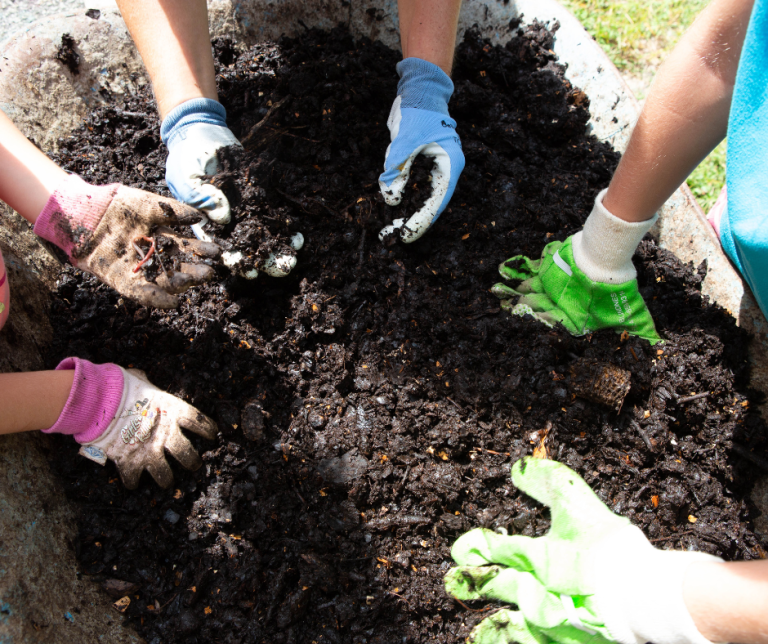
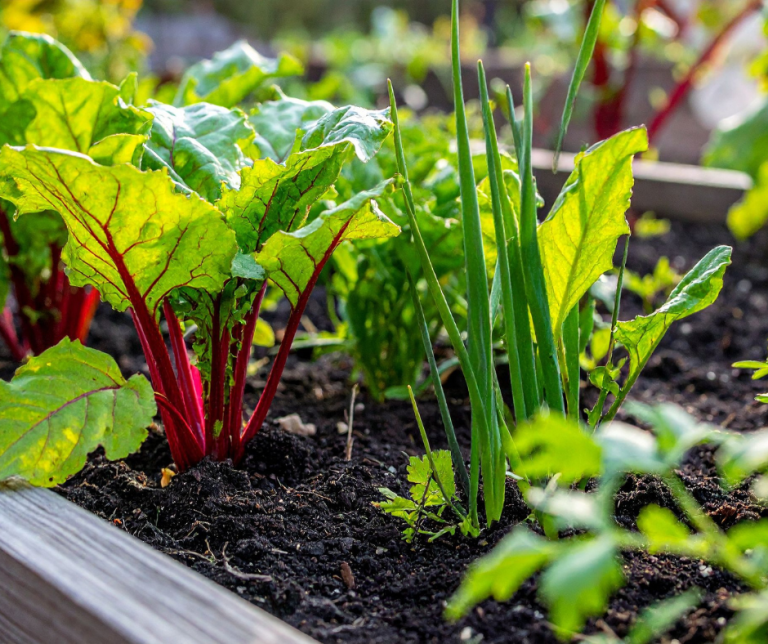
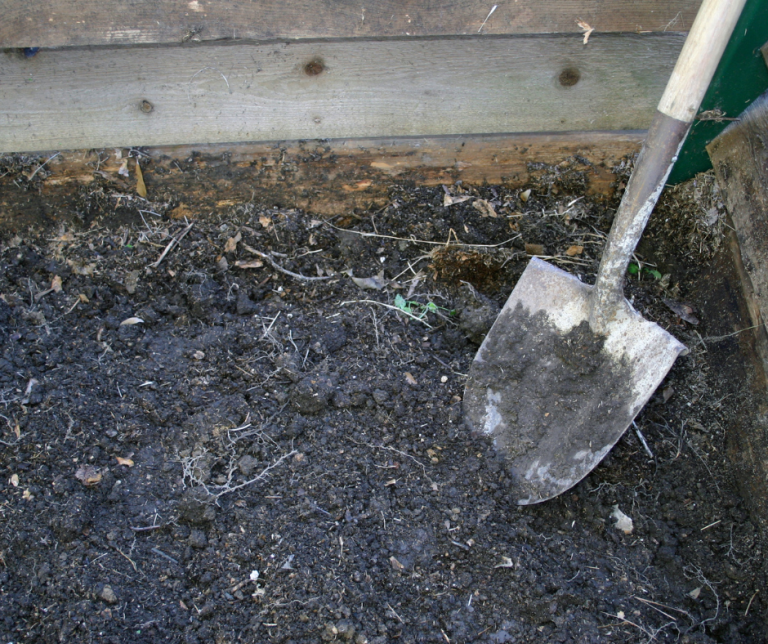
🌿 Garden Beds
Mix worm castings into the topsoil or apply around plants as a nutrient-rich amendment. Vermicast improves soil structure, boosts microbial life, and helps retain moisture—ideal for vegetables, herbs, and flowers.
🍅 Adjust quantities based on crop type—leafy greens and tomatoes love extra nutrition.
🪴 Houseplants
Sprinkle a thin layer of worm castings on the surface of indoor pots as a top dressing, or mix into the potting soil when repotting. Vermicast provides gentle, slow-release nutrients without risk of burning roots, supports microbial activity, and helps improve moisture retention—perfect for leafy greens, herbs, and flowering plants.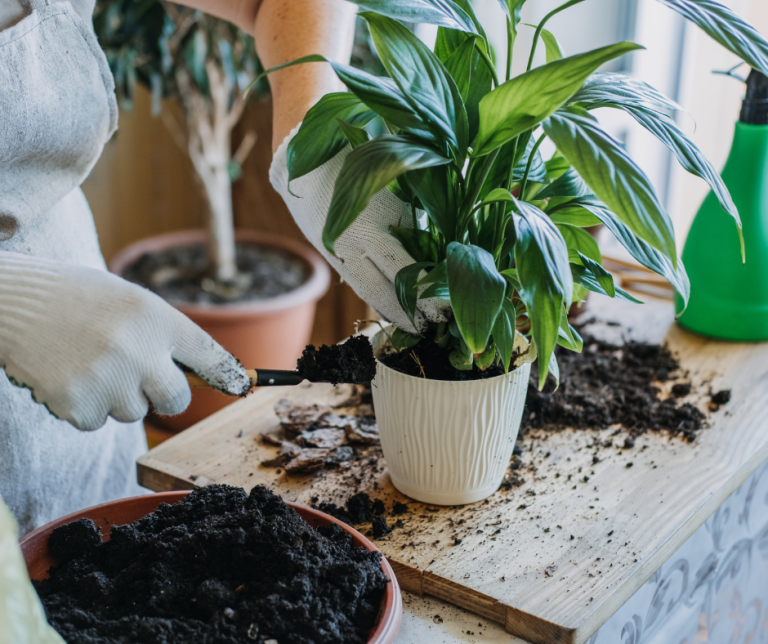
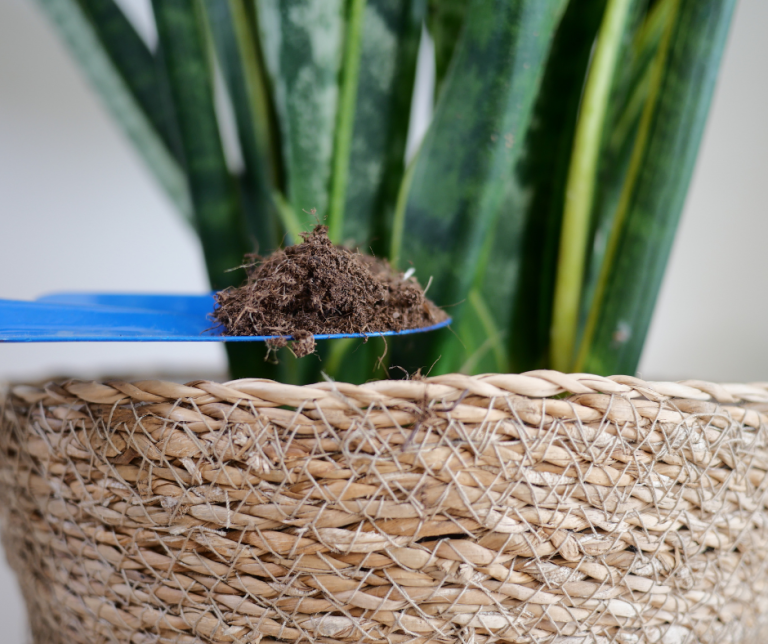
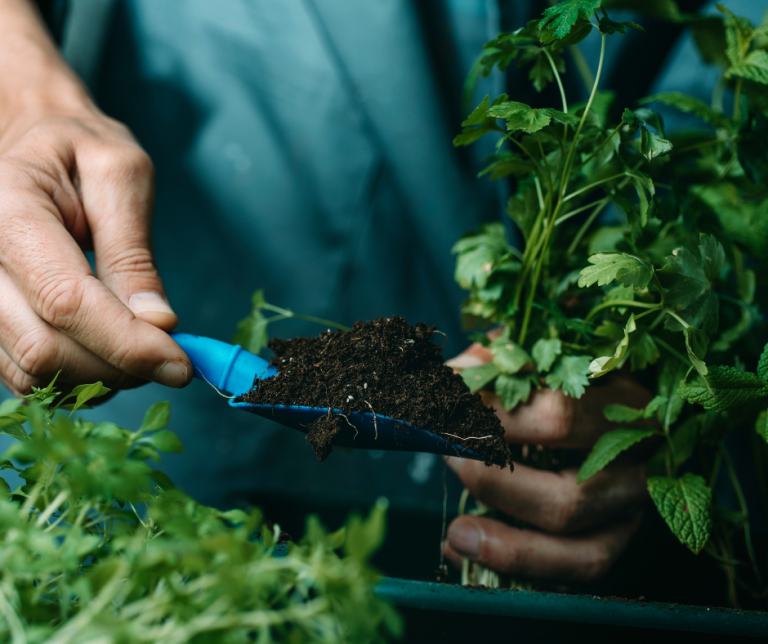
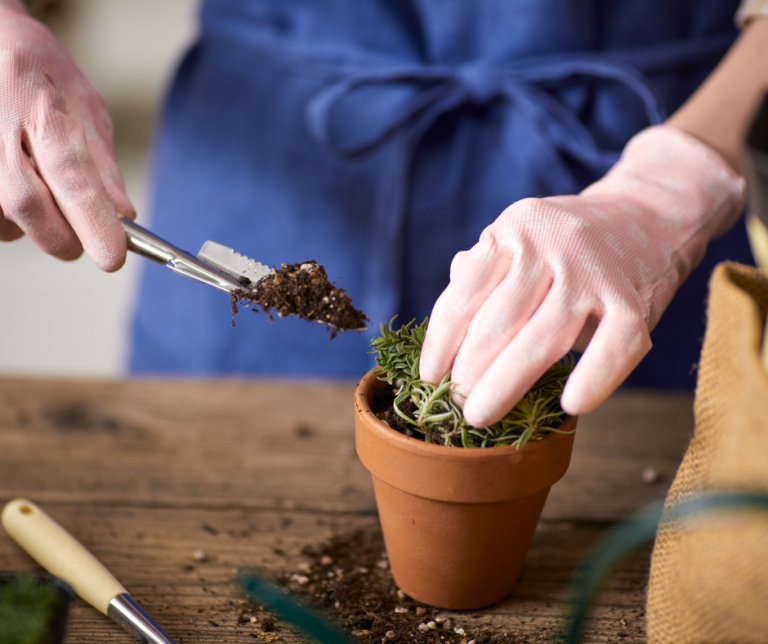
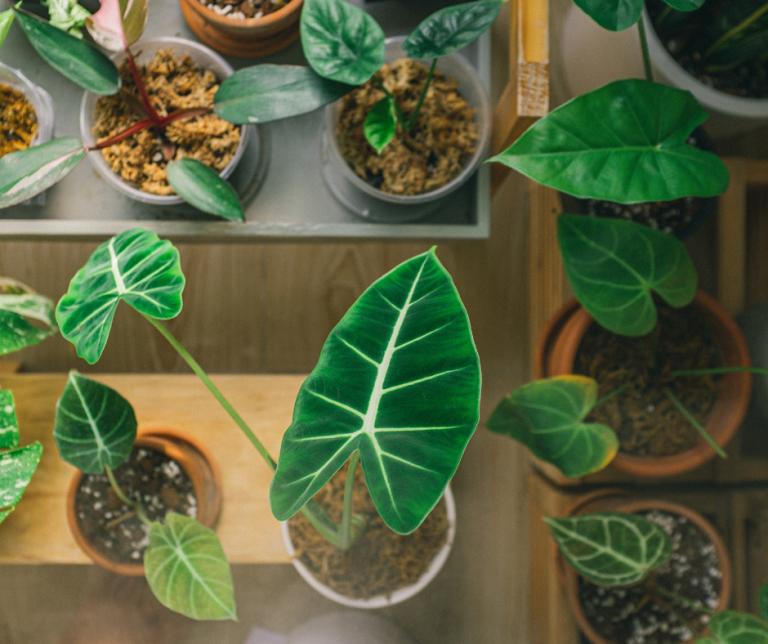
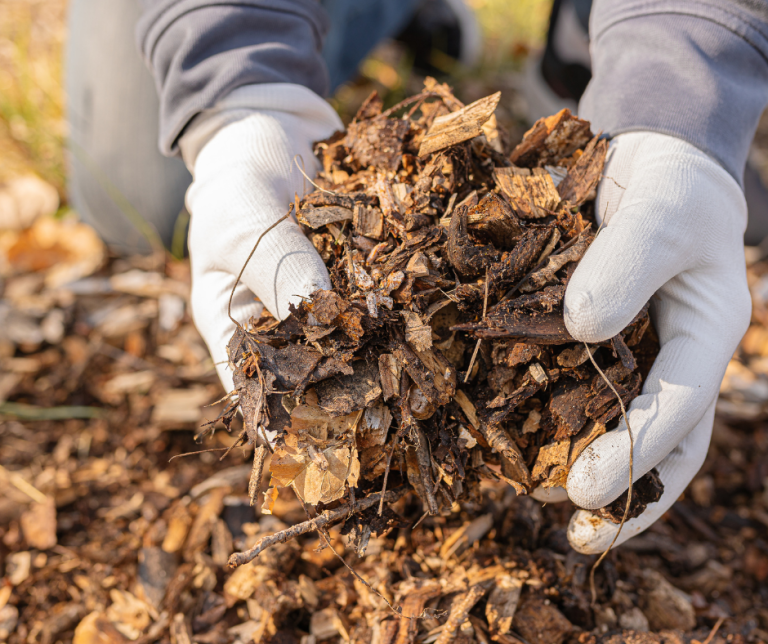

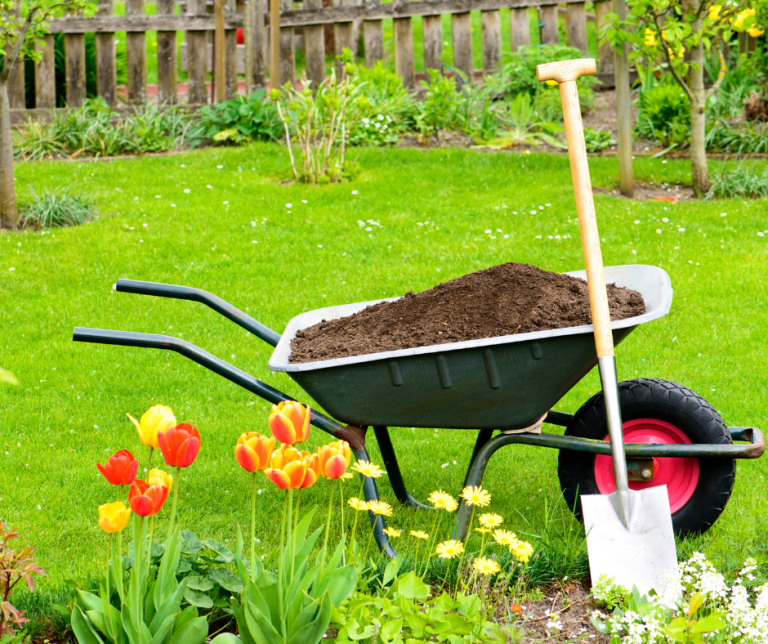
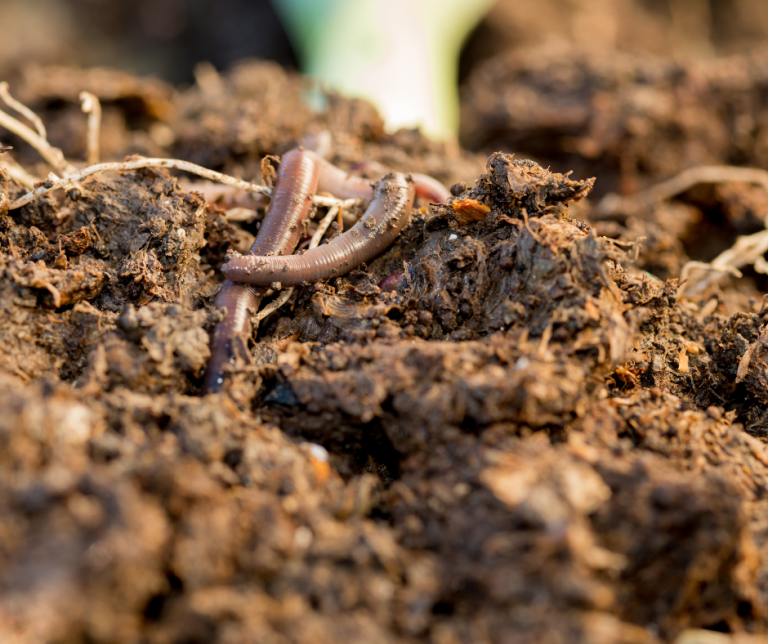
🌾 Mulch Layer
Apply unfinished or finished worm castings as a surface mulch around plants. They slowly release nutrients, support microbial life, and improve moisture retention. Unfinished castings continue breaking down, enriching the soil over time.
- Layering works best: Use worm castings as the middle layer, topped with straw or leaf mould, and compost or coir beneath.
- For containers: Blend castings with coco coir and compost for a tidy, nutrient-rich mulch.
🌱 Seed Starter Mix: A Gentle Boost for Young Roots
Seed starter mixes benefit from a small amount of worm castings to gently nourish seedlings and support healthy root growth.A 2:1 ratio of coco coir to vermicast creates a light, well-draining seed mix with gentle nutrition—ideal for young seedlings and root development.
💡Pro tip: Keep worm castings to 25% or less of the mix to avoid nutrient overload for young seedlings.
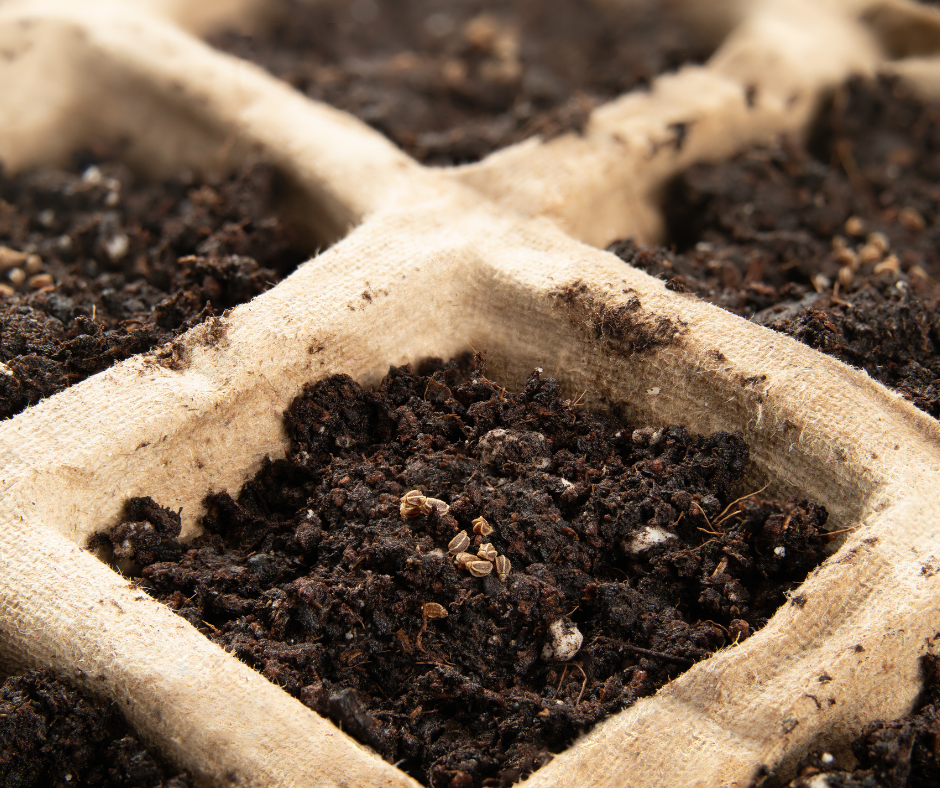
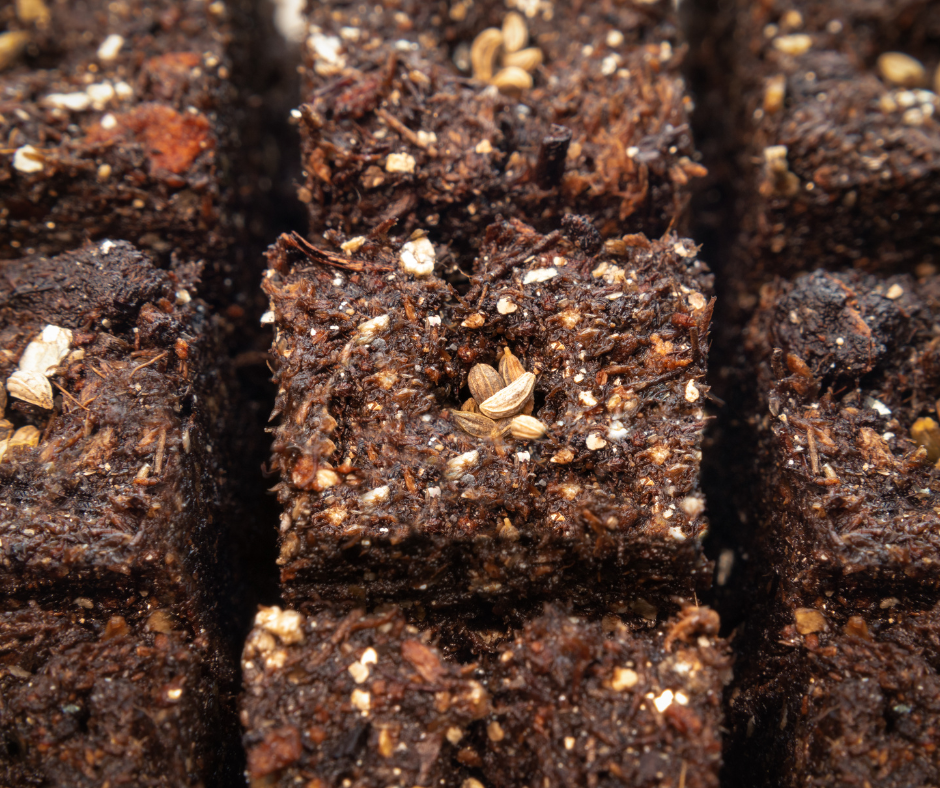
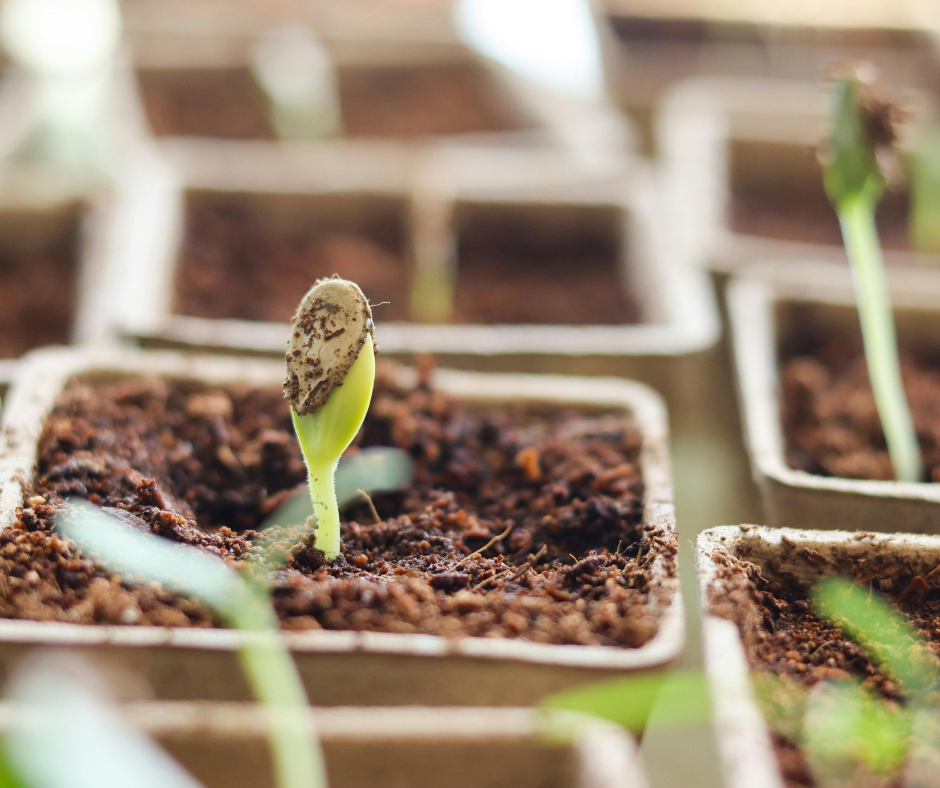
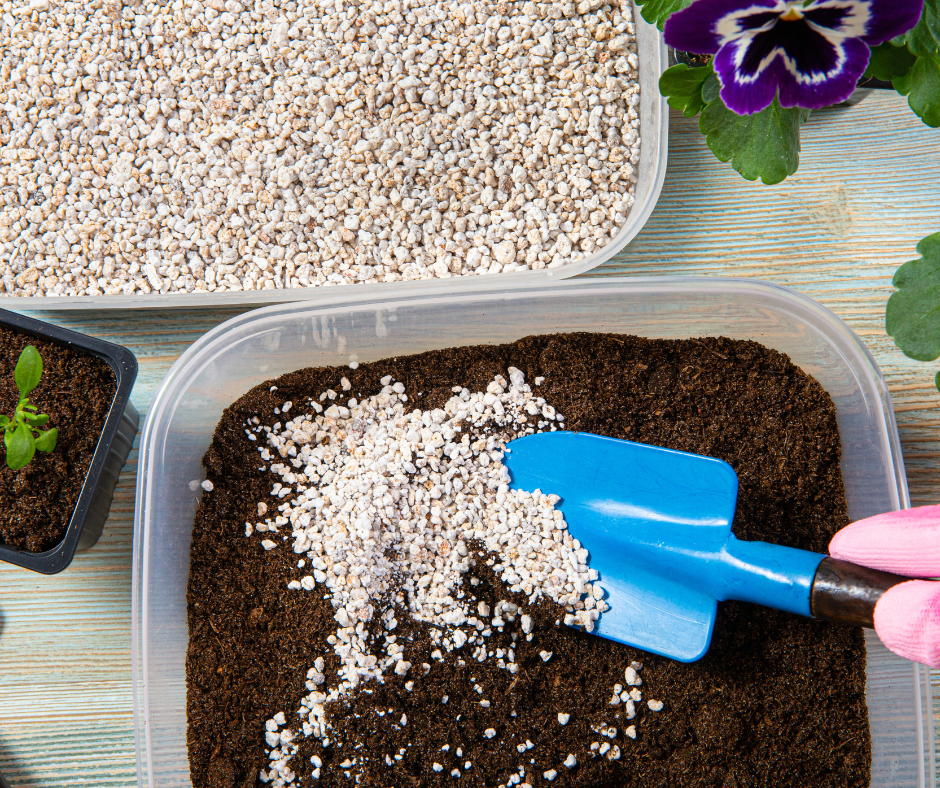
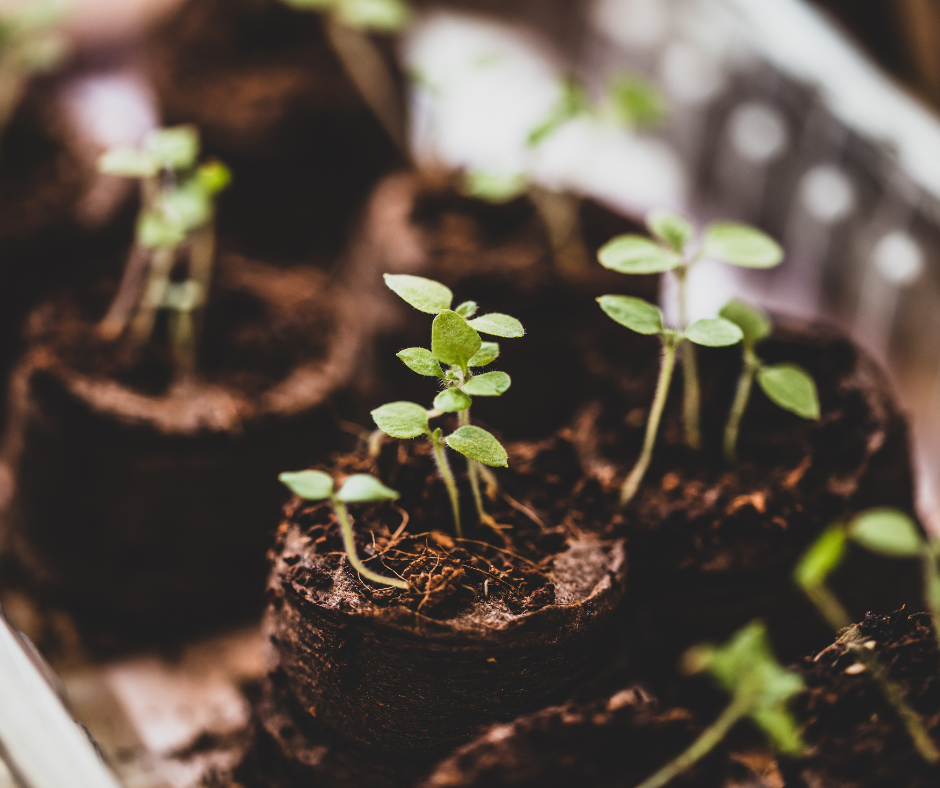
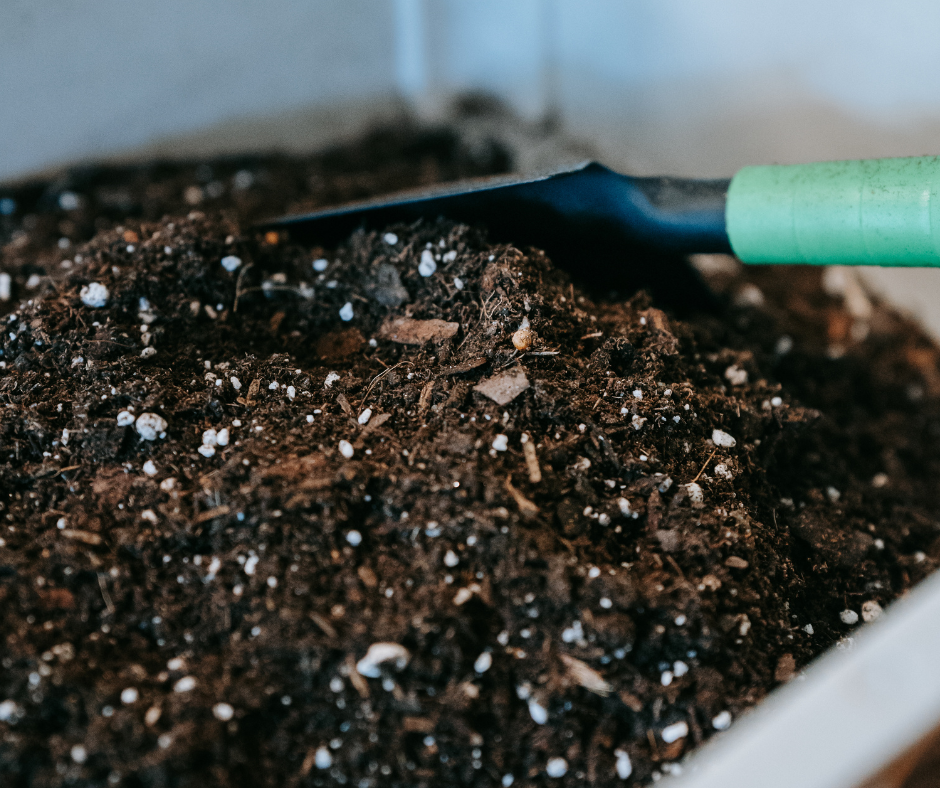
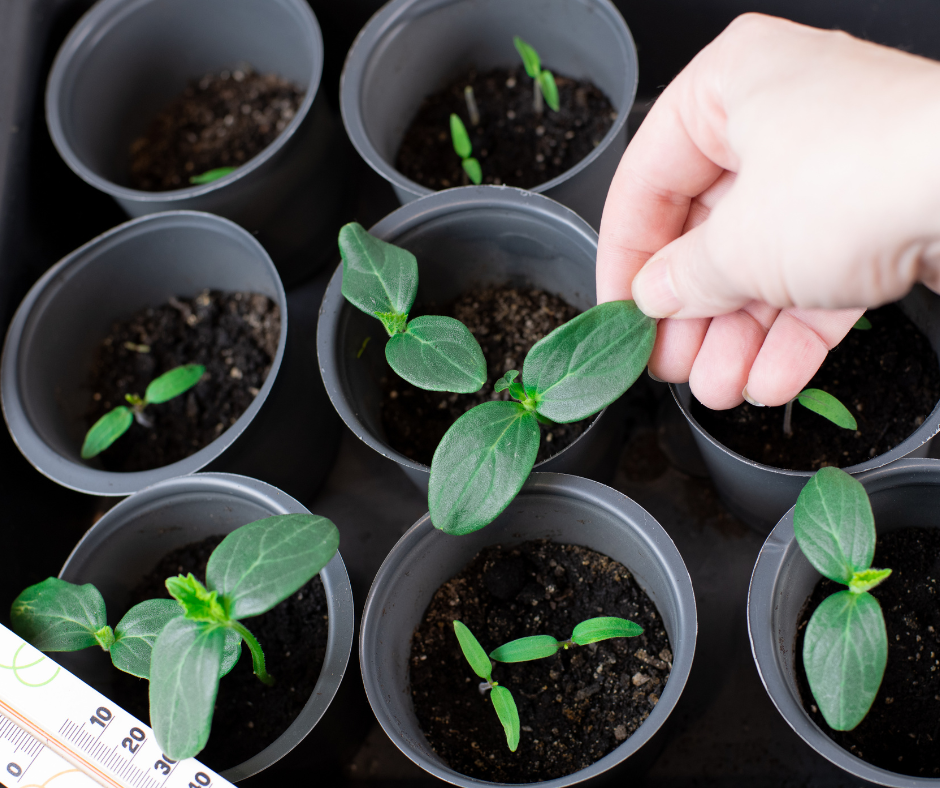
☕ Worm Tea
Worm tea is a living liquid fertiliser made by steeping worm castings in water. It works by delivering beneficial microbes and soluble nutrients directly to your soil and plants.
How Worm Tea Works
🧪 Microbial Boost
- Worm tea introduces active bacteria, fungi, and protozoa that help break down organic matter and release nutrients.
- These microbes improve soil structure, aeration, and water retention.
- They also help suppress harmful pathogens through microbial competition.
🌱 Nutrient Delivery
- Castings release plant-available nutrients like nitrogen, phosphorus, and potassium into the water.
- These nutrients are absorbed quickly by roots or leaves, especially when applied as a foliar spray.
🛡️ Plant Protection
- Some microbes in worm tea can outcompete disease-causing organisms, reducing issues like root rot or mildew.
- Foliar sprays may help plants resist pests and fungal infections.
🧬 Soil Health Over Time
- Regular use builds a resilient soil ecosystem, supporting long-term fertility and plant vitality.
- Especially useful in depleted soils, container gardens, or no-dig beds.
🫖 How to Prepare Worm Tea
For the cleanest and easiest brewing, start by bagging your vermicast. Using breathable bags (like muslin or mesh) keeps solids contained, makes aeration simple, and prevents your pump or sprayer from clogging. It also speeds up straining and ensures a smooth, rich liquid ready to feed your garden.
📋 Step-by-Step Guide
🫖 What You’ll Need:
- Breathable mesh or muslin bag or cloth (possibly string if using cloth)
- Finished worm castings (well-screened, no visible food scraps or worms/cocoons)
- Dechlorinated water (let tap water sit for 24 hours or use rainwater)
- Bucket or container (5–10 litres is typical)
- Aeration (optional but recommended: aquarium pump and air stone)
- Molasses or sugar (1–2 tsp to feed microbes—optional)
Step 1: Bag Castings
Step 1: Bag Vermicast
- Scoop about 1 cup of vermicast into a breathable bag (muslin, mesh, old tights, etc.).
- Gather the top edges of the bag.
- Tie securely with string, elastic, or a knot—leave enough space for water to flow through.
- Make sure the bag isn’t too tightly packed to allow proper steeping.
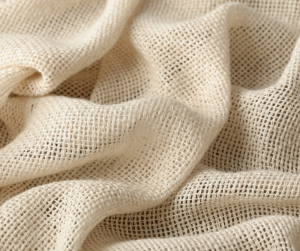
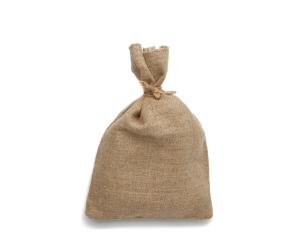
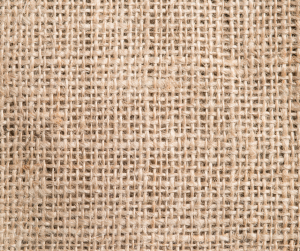
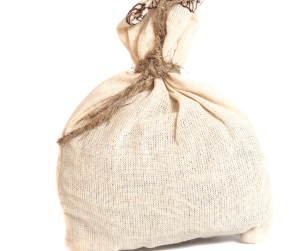
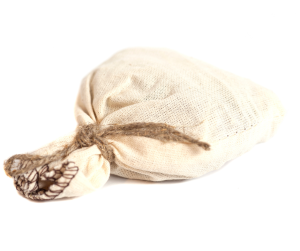
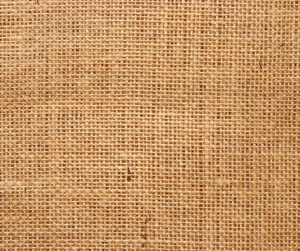
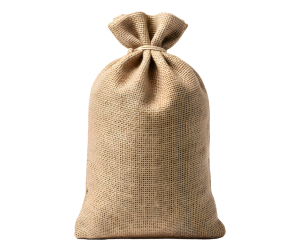
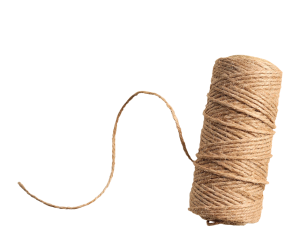
Step 2: Place Bag in Water
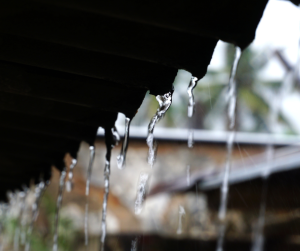
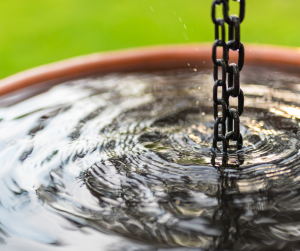
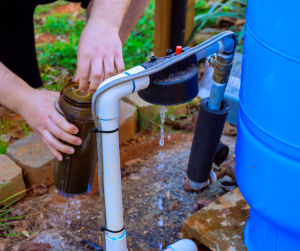
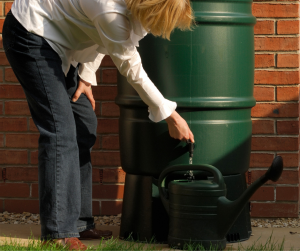
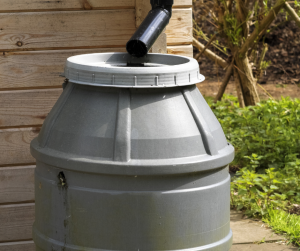
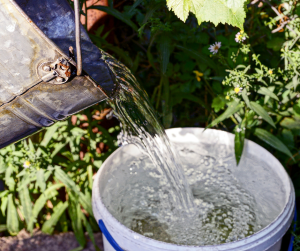
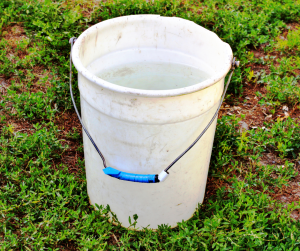
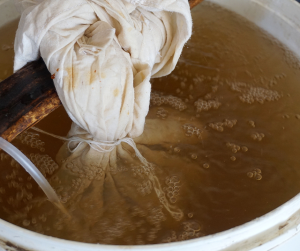
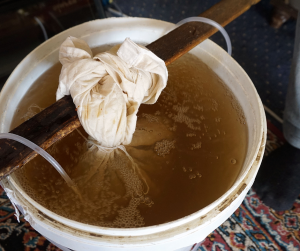
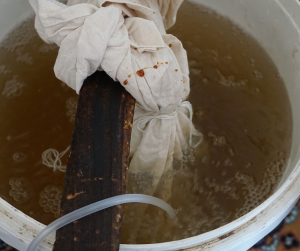
Step 2: Place the bag in water
- Always use a clean bucket or container to avoid introducing unwanted contaminants.
- Use about 5 litres of water per verrmicast bag.
- Use dechlorinated water- either rainwater or let tap water sit for 24 hours.
- Place the vermicast bag- ensure it is fully submerged.
Step 3: Add Molasses (optional)
Step 3: Add molasses (optional)
- Stir gently to dissolve.
- This boosts microbial activity.
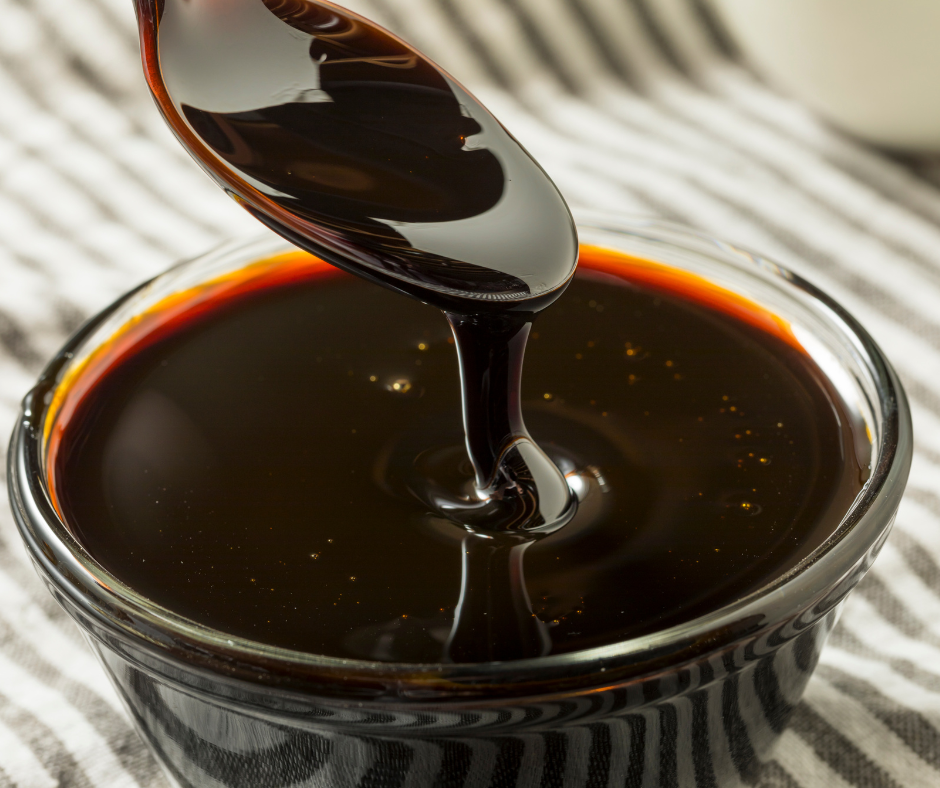
Step 4: Aerate

Step 4: Aerate for 12–24 hours
- Use a pump and air stone to bubble air through the mix.
- If skipping aeration, stir occasionally and steep for 12–24 hours.
Step 5: Remove Bag
Step 5: Remove the bag
- Compost the spent vermicast (or add to plants)
- Strain the liquid if using a sprayer.
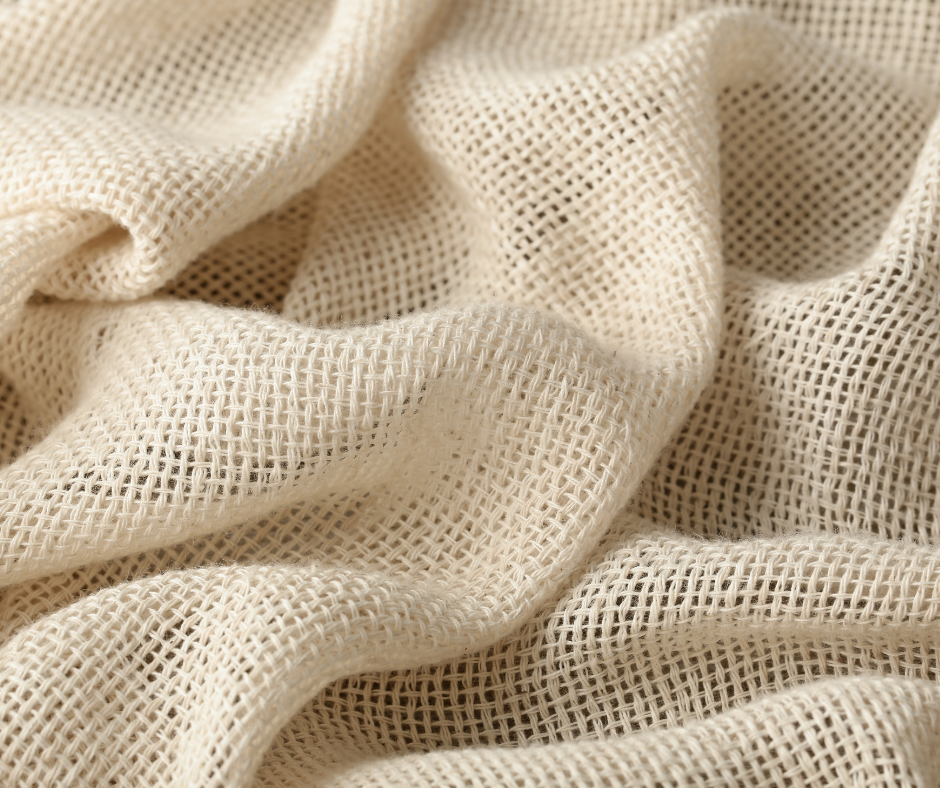
Step 6: Use Immediately
Step 6: Use Immediately
- Apply within 4–6 hours for best microbial benefit.
- Pour around plant roots or mist leaves (strain well for foliar spray).
Step 7: Clean the Bag
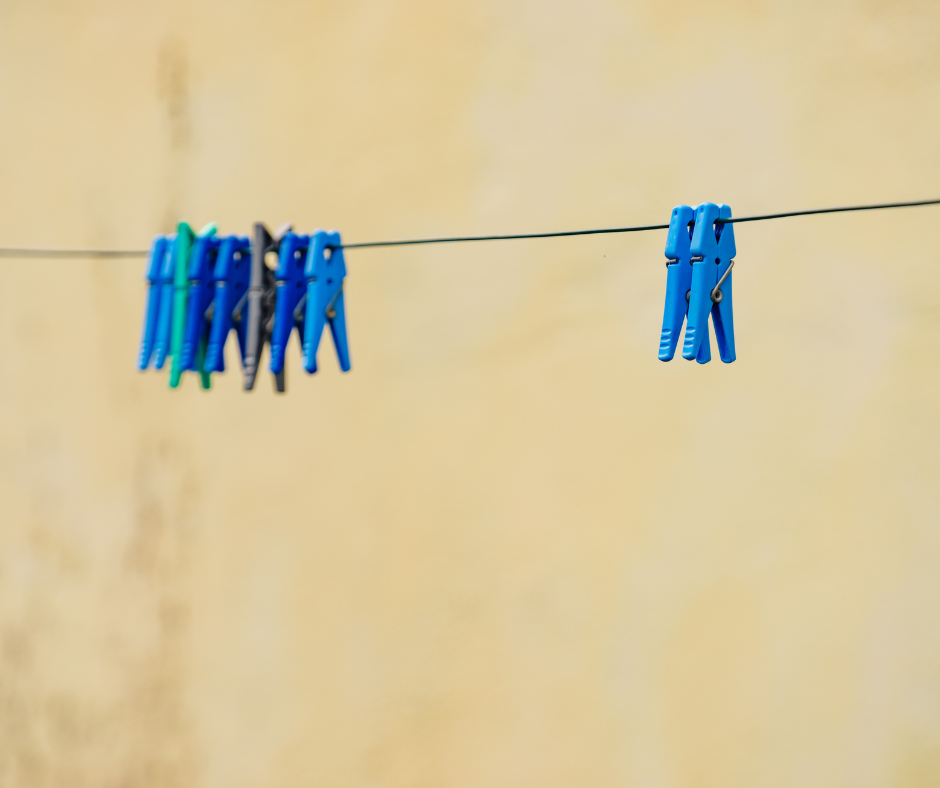
Step 7: Clean the Bag
- Rinse thoroughly after use
- If needed, soak in warm water with a little splash of white vinegar.
- Let it dry completely (airdrying is best)
- Reuse for the next batch.
How to Use Worm Tea:
🚿 Worm Tea Soil Drench
- Pour gently around the base of each plant
- Apply every 1–2 weeks during active growth
- Avoid waterlogging—just enough to moisten the root zone
✅ Why It Works:
- Delivers nutrients and microbes straight to the roots
- Improves soil structure and microbial activity
- Helps plants recover from stress or boost growth
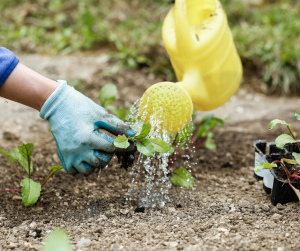
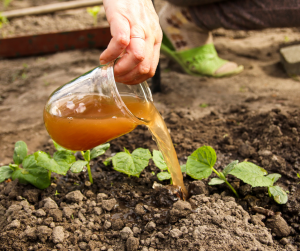
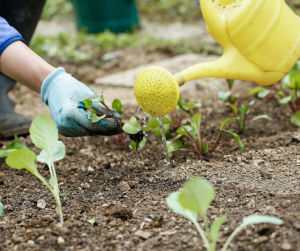
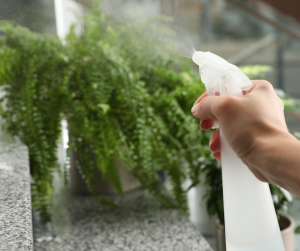
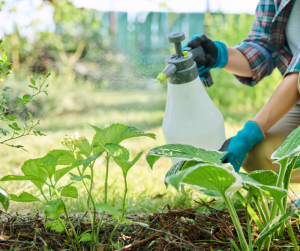
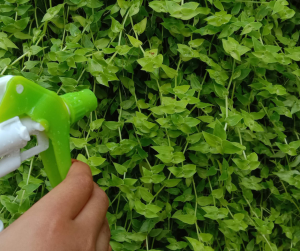
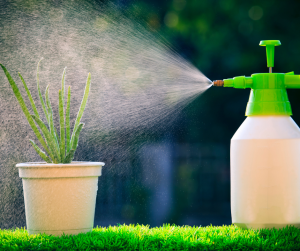
🌿Worm Tea Foliar Spray
- Strain the tea well to avoid clogging your sprayer
- Spray in the early morning or evening to prevent leaf burn
- Coat both the top and underside of leaves
✅ Why It Works:
- Delivers nutrients quickly via leaf pores
- Helps plants resist pests and fungal diseases
- Boosts microbial life on leaf surfaces
🧪 Worm Tea as a Compost Booster
- Pour worm tea evenly over your compost pile or bin
- Apply after turning or adding new layers
- Use every 1–2 weeks during active composting
- Works well with Bokashi, hot composting, or traditional heaps
✅ Why It Works:
- Adds active microbes that help decompose food scraps, garden waste, and bedding faster
- Reintroduces beneficial bacteria and fungi, especially after turning or adding dry material
- Helps balance carbon-to-nitrogen ratios by energising microbial life
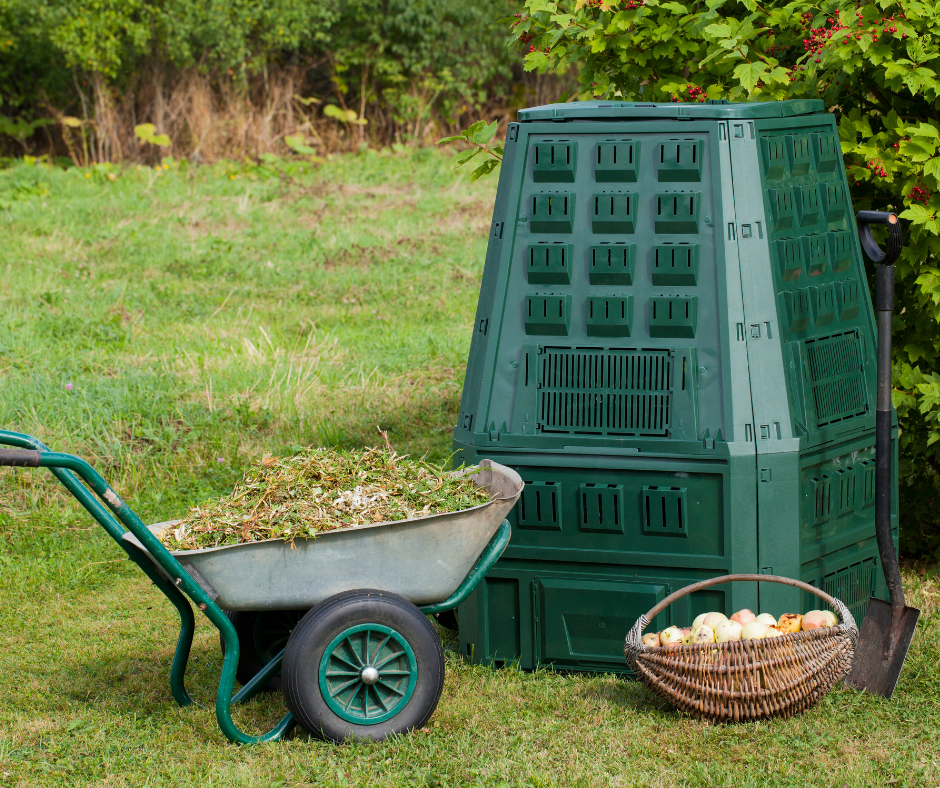
🪱 How to Store Vermicast (Worm Castings)
Proper storage keeps your castings alive and effective, preserving their microbial richness for worm tea or soil use.
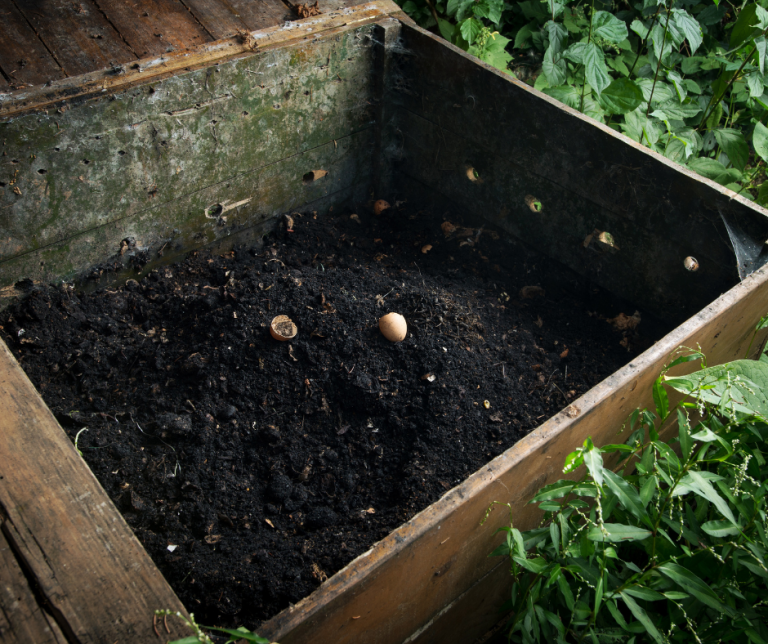
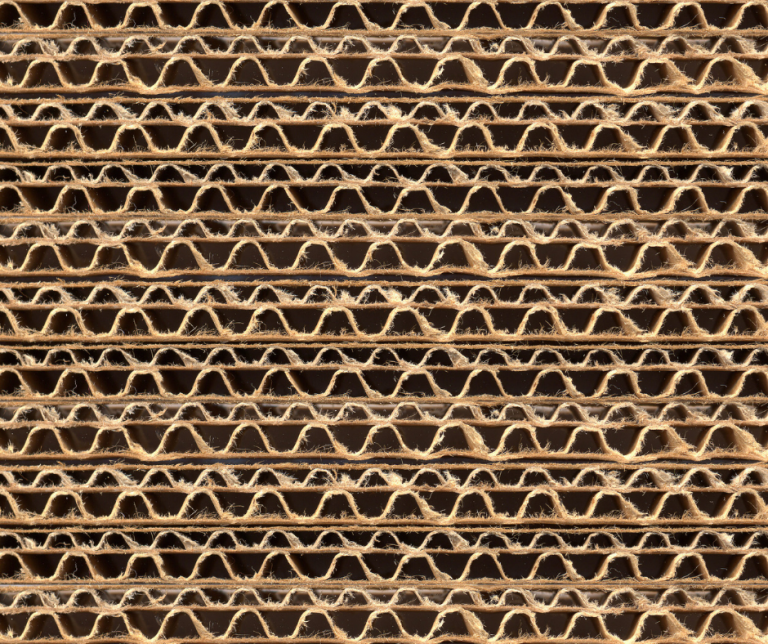
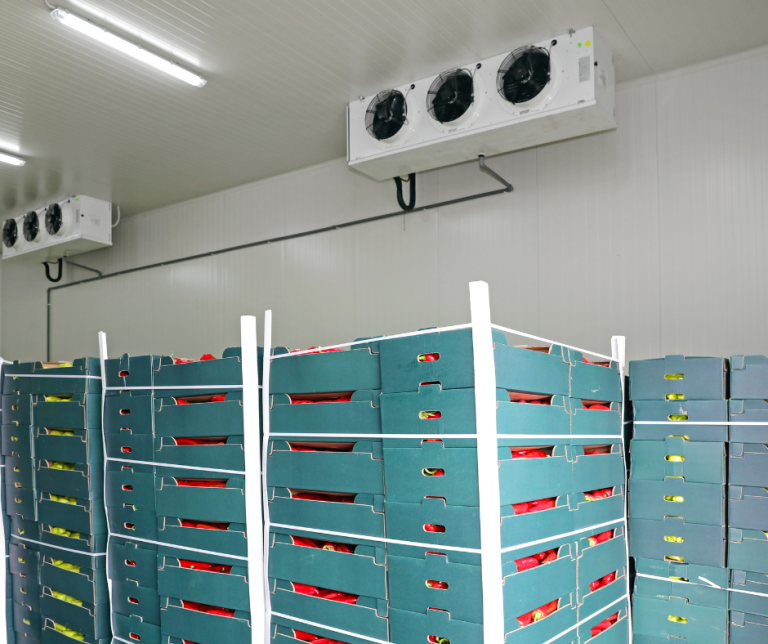
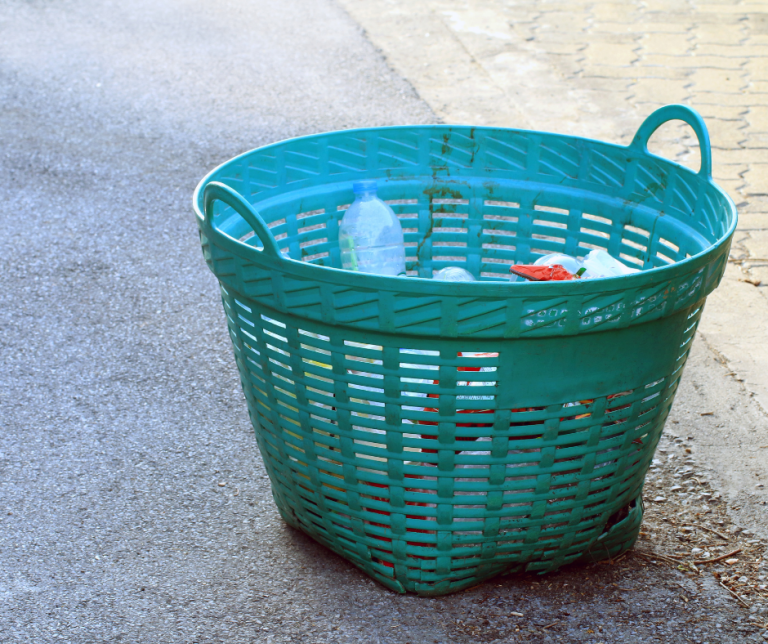
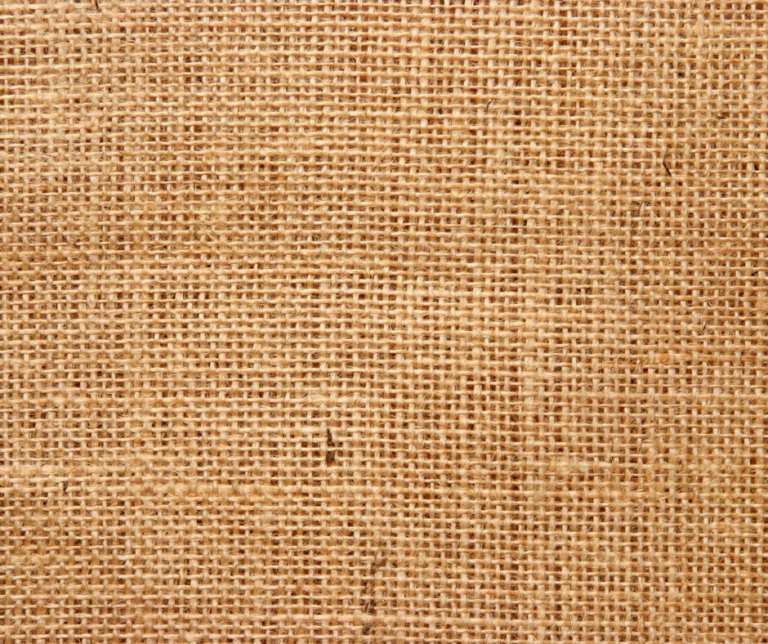
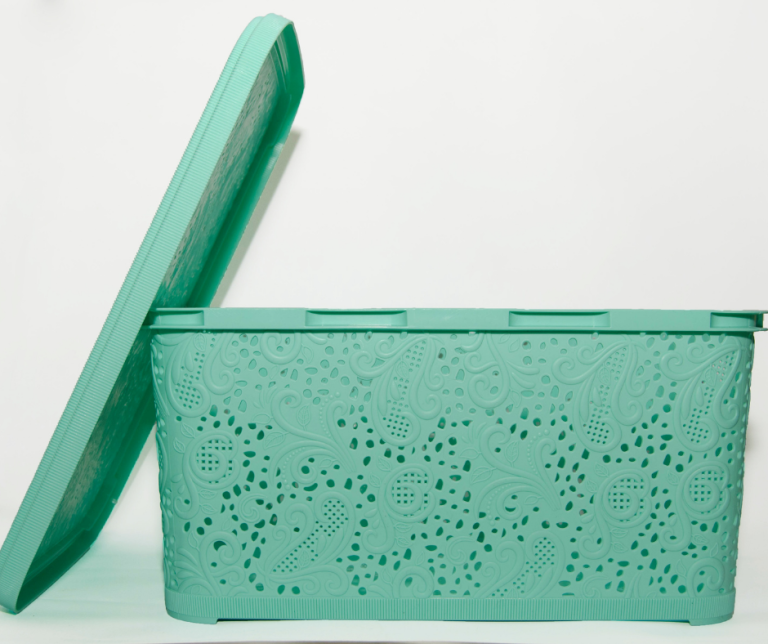
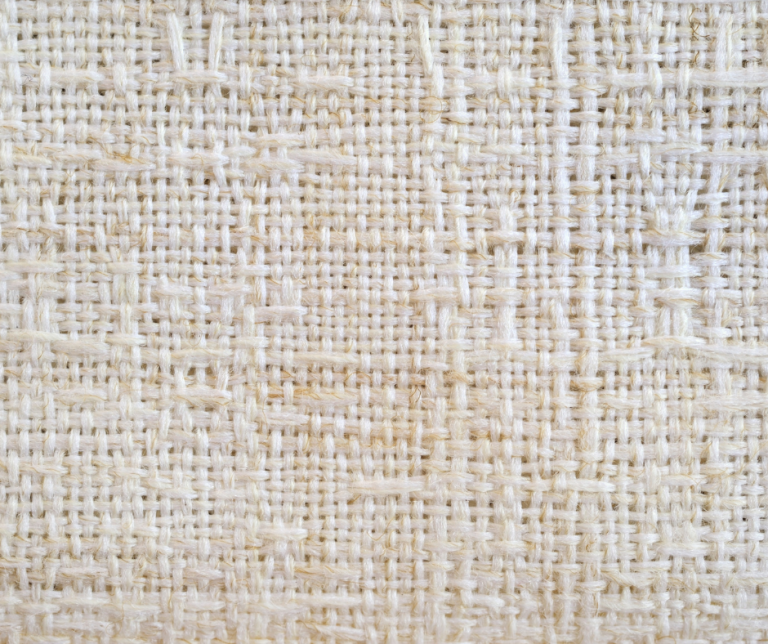
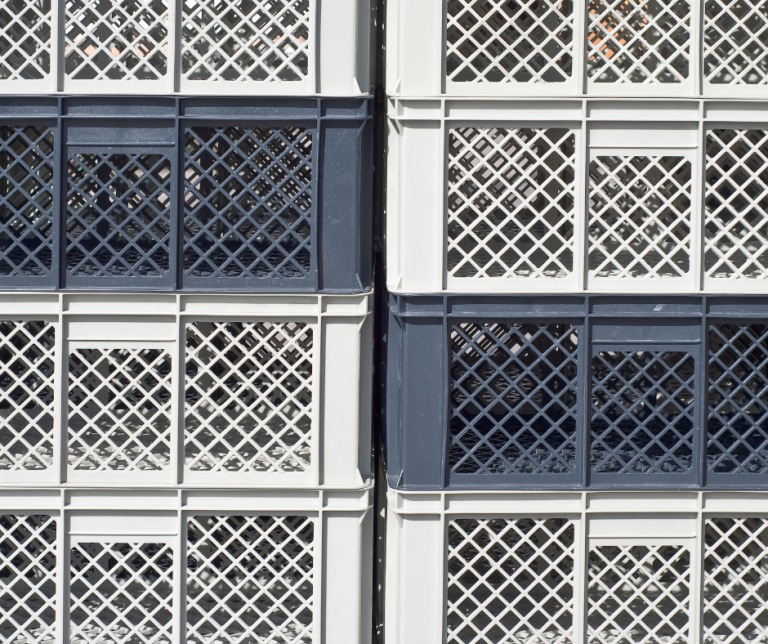
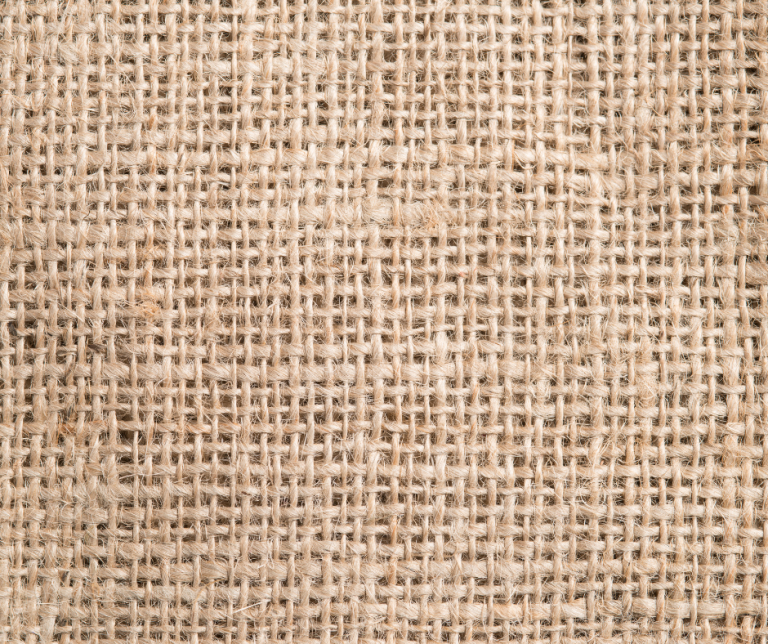
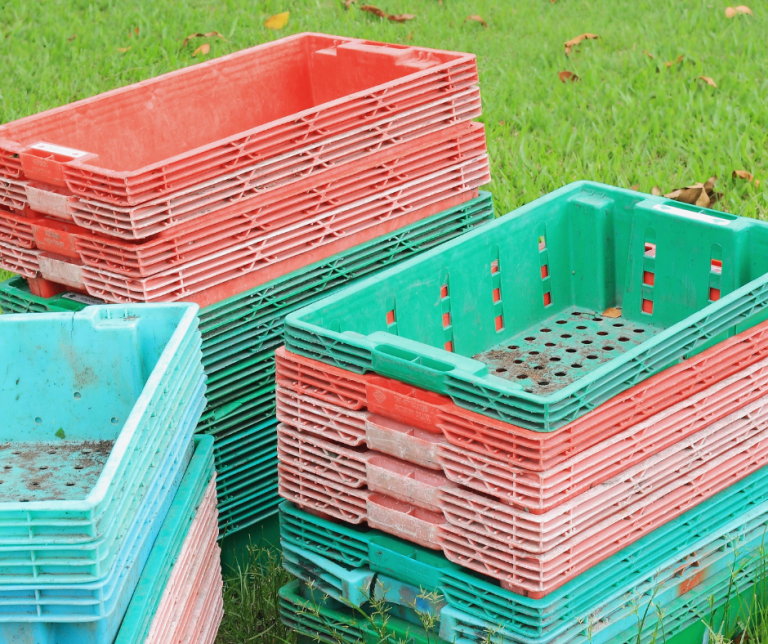
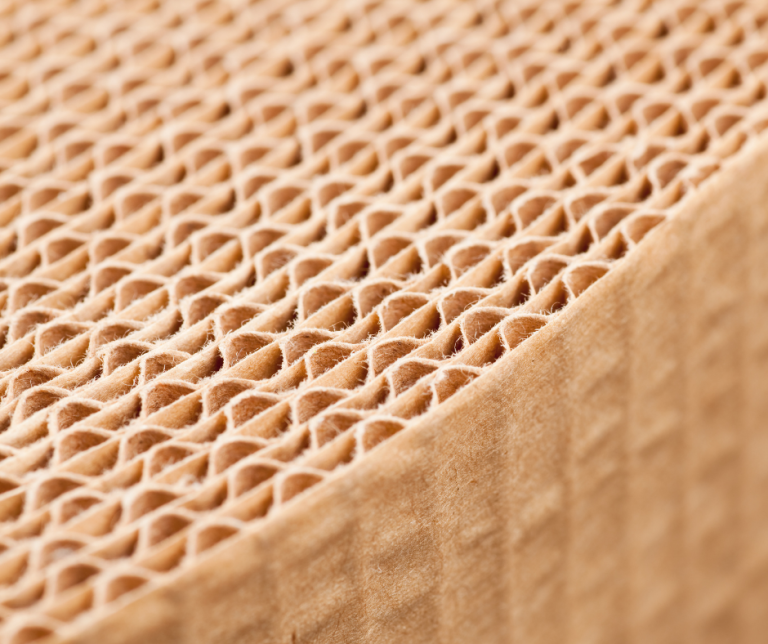
- Use breathable containers
- Paper bags, cardboard boxes, hessian sacks, or plastic tubs with air holes
- Avoid airtight containers—microbes need oxygen
- Keep it cool and dark
- Store in a shed, cupboard, or shaded area
- Avoid direct sunlight or heat, which dries out and damages microbes
- Maintain moisture
- Castings should feel like a wrung-out sponge
- Mist lightly if they start to dry—never soak
- Stir occasionally
- Gently fluff or turn every few weeks to prevent compaction and anaerobic pockets
- Use within 6 months
- Fresh is best, especially for worm tea
- Older castings may lose microbial activity but still offer soil structure and slow-release nutrients

Looking to customise your setup or explore handy add-ons that make worm composting even easier?
From moisture meters and insulation wraps to feeding funnels and sieves, there are plenty of extras that can enhance your system. For ideas, recommendations, and practical tips, head over to Section 8: Optional Extras.

